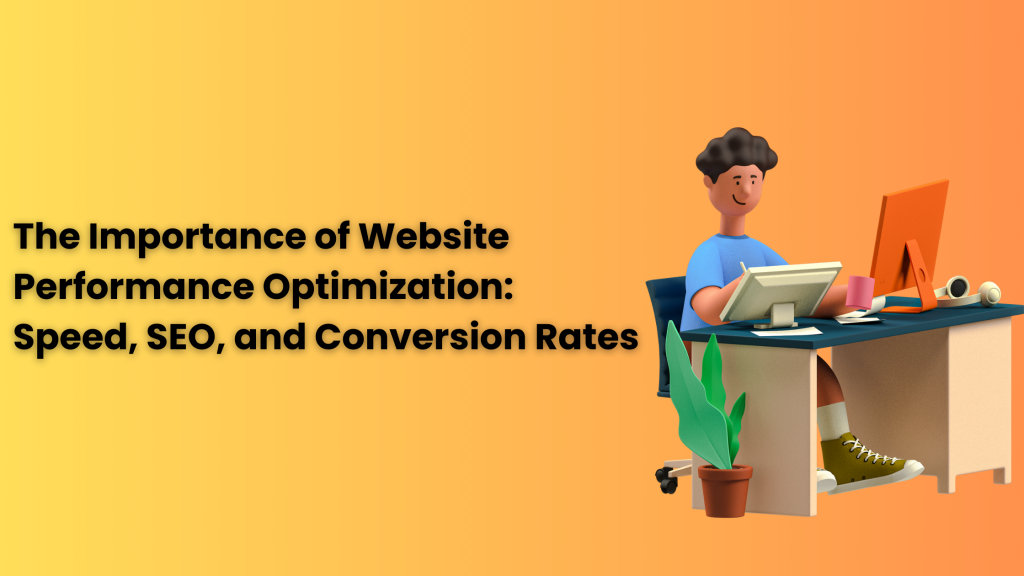
In today’s digital competitive world, every website is competing for user’s attention and engagement. Website performance creates the first impression of your brand in the user’s mind. If the performance of the website is good and better than your competitors then at first glance your users adopt a likeness for your business.
Many factors affect the performance of your website such as speed, SEO, quality of the website’s usability and interactivity, etc.
A well-optimized website will adequately deliver your brand message and help establish your brand’s identity. It also increases your conversion rate and sales. Let us explore the importance of website performance optimization, strategies for optimization, and more.
What is Website Performance Optimization?
Website performance optimization simply means improving a website’s performance, speed, and usability. This is done by optimizing the web design, content, images, conversion rate, and source code of the website.
Website performance optimization enhances the website load speed, improves the functionality of the website, and provides a better user experience.
Benefits of Website Performance Optimization
The benefits of website performance optimization are
- User retention: According to EastsideCo 79% of dissatisfied users do not revisit your website. It is important to provide engaging and relevant content to the users and fulfill their expectations. By providing engaging content, and improving the speed, and design of the website you can expect that the customers will revisit your website and will improve your retention rate.
- Increase traffic and brand awareness: A well-optimized website increases your traffic and brand awareness.
- Customer experience: According to Google 53% of users leave a website if it takes more than 3 seconds to load. Websites that take more time to load hamper the user experience. However if your website loads fast, navigation is user-friendly, etc then users will have a smoother experience.
- Brand Identity: Optimized websites ensure a smooth experience for the users. This motivates them to share their positive experiences with others. This positive experience and feedback establish a brand identity and a strong online reputation.
- Conversion Rate: A well-optimized website will guide its users throughout the website. If the website is clean, simple, and navigated then it is likely to encourage more conversions. Conversion is the desired action that you want from your users. It can be filling up a form, signing up for a newsletter, purchasing a product, etc.
- SEO: If your website is well optimized and load speed is fast then it will improve your Google search engine rankings. As loading speed is a Google ranking factor.
- Mobile user experience (UX): According to explodingtopics, 93% of internet users use mobile devices for using the internet. It is important to optimize your website for mobile devices or smaller screens. However, optimizing the content and layout of the website is not efficient. Mobile devices have less powerful hardware, due to which website load speed is 90% slower in mobile devices as compared to desktops. Thus it is important to improve the page load speed as well.
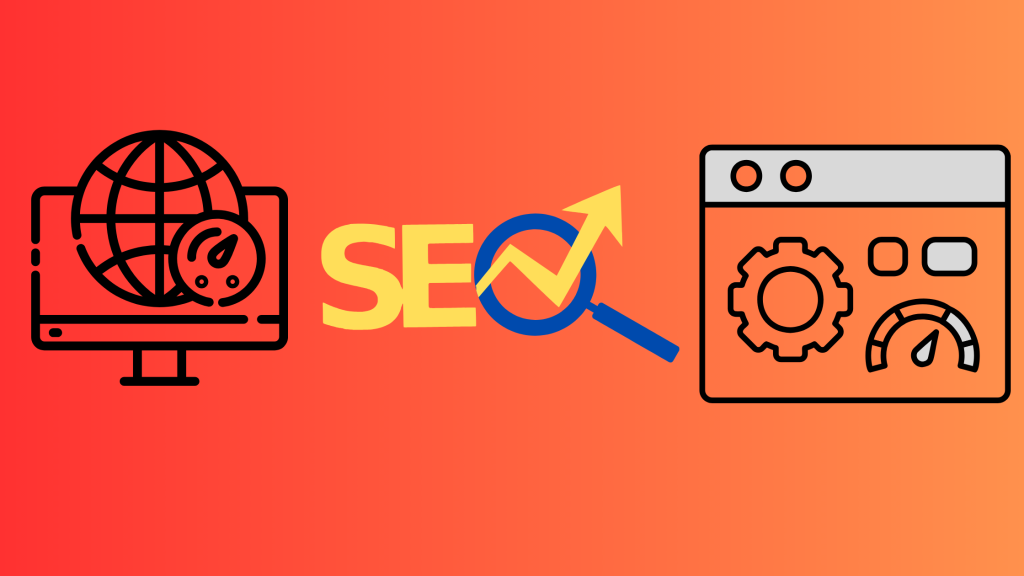
Strategies for Website Performance Optimization
These are some of the best strategies for Website performance optimization
- UI/UX design: While designing your website, your focus should be on optimizing the user interface and providing a smooth user experience. This will increase your conversion rate as well. According to FinancesOnline, 80% of users are willing to pay more for a smooth customer experience. A well-designed website ensures a decent standard of accessibility and usability of your website. Consider your marketing goal while designing a website. Make sure you include a clear CTA and menu bar on your website.
- On-Page SEO: Optimize the content of your website for the search engine result page. You can optimize your On-Page SEO by creating more blog posts, conducting keyword research, use header tag and meta titles. You should include meta description and alt text for images as well.
- Content: According to ahrefs, 60% of marketers feel that content marketing generates more demand. You should create engaging and relevant content. integrate your social media with your website. Create an effective landing page with powerful CTAs. Conduct keyword research for your blog and make sure your blogs talk about the latest trends, your products, and services, brand history etc to make your users more informed. Use a newsletter to regularly update your customers and to increase brand awareness.
- Speed: Optimize your website’s load speed by removing unnecessary code and optimizing your images. Use a content delivery network (CDN) to improve the performance of the website. Use plugins and applications to help browsers cache files downloaded from your server, this also helps in improving the performance of your website. Many online speed optimization tools are available sich as GTmetrix.
- Technical SEO: Improve the technical structure of your website. Create an XML sitemap so that search engines can index your website better. Remove the broken links and duplicate content. Submit your website to search engines so that bots can crawl it.
- Mobile-friendly: Make sure your website is optimized for mobile devices. Create a responsive web design with clear navigation and Call to action buttons. You can check your website’s mobile friendliness by running Google’s mobile-friendly test. Apply accordions to simplify web pages on mobile devices.
- Accessibility: Make sure your website is accessible to all. Insert captions and alternative text for images and videos. Use a color contrast (4:5:1) that is more accessible. Add page titles and headings and efficiently name the media files so that it describes what the content is about.
- Link-Building: A website that has relevant and high quality links will rank better on search engines. You can build backlinks by affiliate partnership, creating external links and by reaching out to your community or loyal customer base. Don’t purchase backlinks and make sure the quality of the links matter more than the quantity.
- Test and revaluation: Run a/b testing on CTA buttons, headlines, layout, landing pages, placement of content social sharing buttons, images, etc. Ise 302 redirects and set a clear URL. Track the important metrics that highlight the performance of your website such as conversion rate, traffic, retention, etc.
- Tools: Use third party tools to run tests and check your website’s performance. Some of the popular tools are Google PageSpeed Insights, Google Search Console, Ahrefs, GTMetrix, Hotjar etc.
- Customer’s review and feedback: Incorporate your customer’s suggestions and recommendations into your website. For gathering their feedback use on-site surveys, social media comments, newsletters, emails, Net Promoter Score (NPS) etc. Ask them questions related to your website, its performance, and their experience and expectations
Case Studies
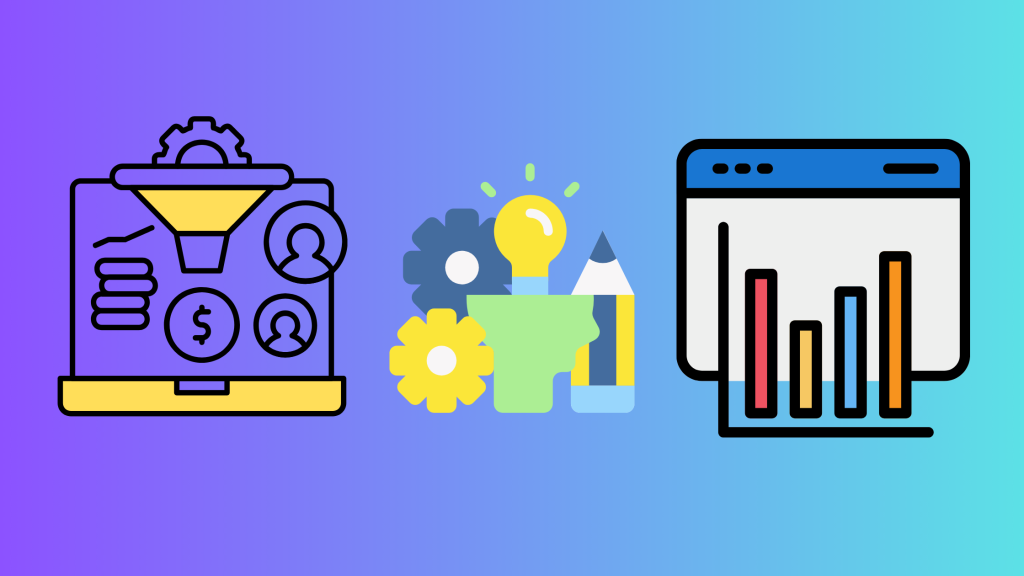
Case study 1
Walmart
In 2012, Walmart experimented to see how website speed impacts their online sales. They found that for every 1 second of improvement in page load speed, their conversion rate was increased by 2%. Walmart’s online sales increased by 10% by optimizing its website load speed.
Case study 2
In 2014, Pinterest increased its website speed by 14% and witnessed an increase of 15% in search engine results in traffic and sign-ups. Also, there was an increase of 40% in the time their audience spent on their website. Thus increasing user engagement rate and ensuring a smooth customer journey.
Case study 3
Amazon
Amazon also noticed that their website speed affects their online sales. Amazon saw an increase of 1% in its sales by enhancing its website speed.
Case study 4
Similarly, Akaimai found that a 100-millisecond improvement in website page load speed increased their conversion rate to 7%.
Case study 5
Google in 2009 highlighted the importance of website speed. Since then the standard of web performance of Google has remained unbeatable.
Conclusion
We have understood why website performance optimization is important and what are the good strategies to enhance website performance optimization. In addition to that some of the other strategies are optimizing the image, minimizing HTTP, enhancing browser caching, minimizing code, placing the content above the fold, using Gzip compression, enhancing the speed of the website, etc.
Once you have implemented these strategies, track the performance of your website and make the necessary changes. If you want to, you can use different types of tools for website performance optimization: analytics tools, SEO tools, website performance optimization tools, accessibility tools, content creation tools, graphics tools, conversion rate optimization tools, designing tools, etc.
Also, adapt to the latest technologies and trends. Some of the latest trends are Progressive Web Apps (PWA), Content Delivery Networks (CDN), and Serverless Architecture. To know more about website performance optimization email us at info@lumia360.com or call us at 514-668-5599
Read Also: The Art of Visual Hierarchy: Design Principles for Guiding User Attention
Read Also: Conversion Rate Optimization (CRO) Tactics for Better Results



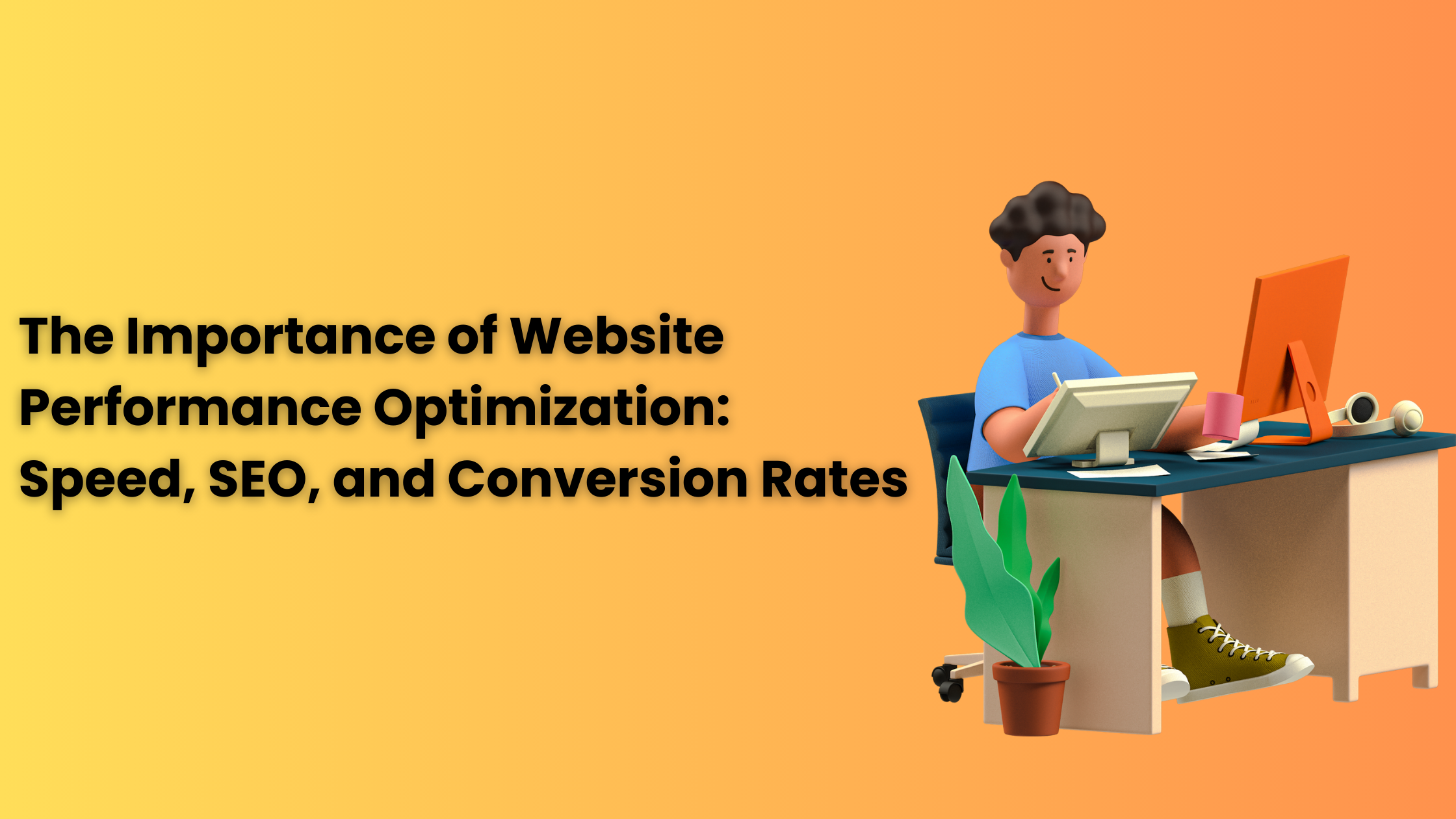

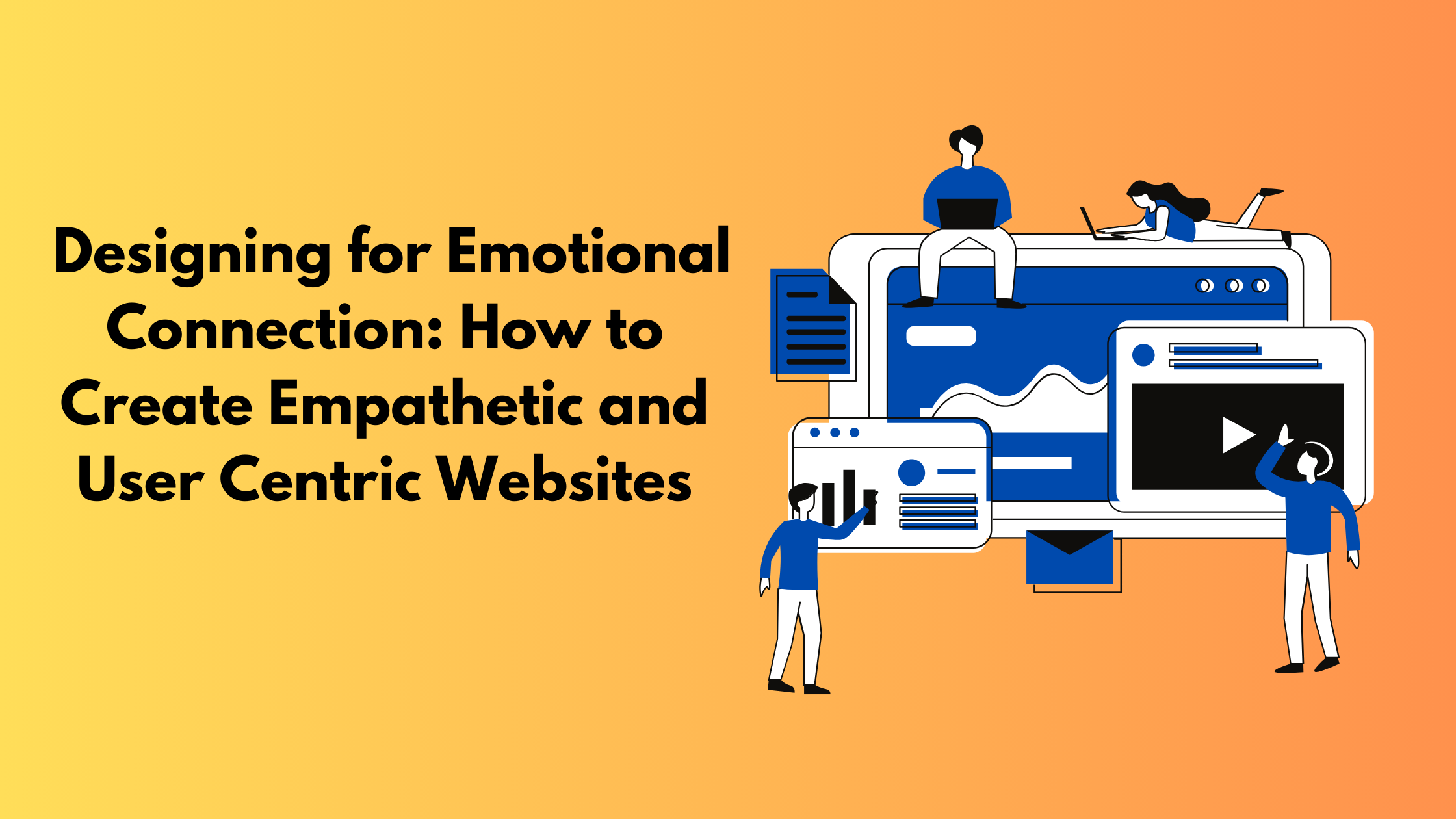


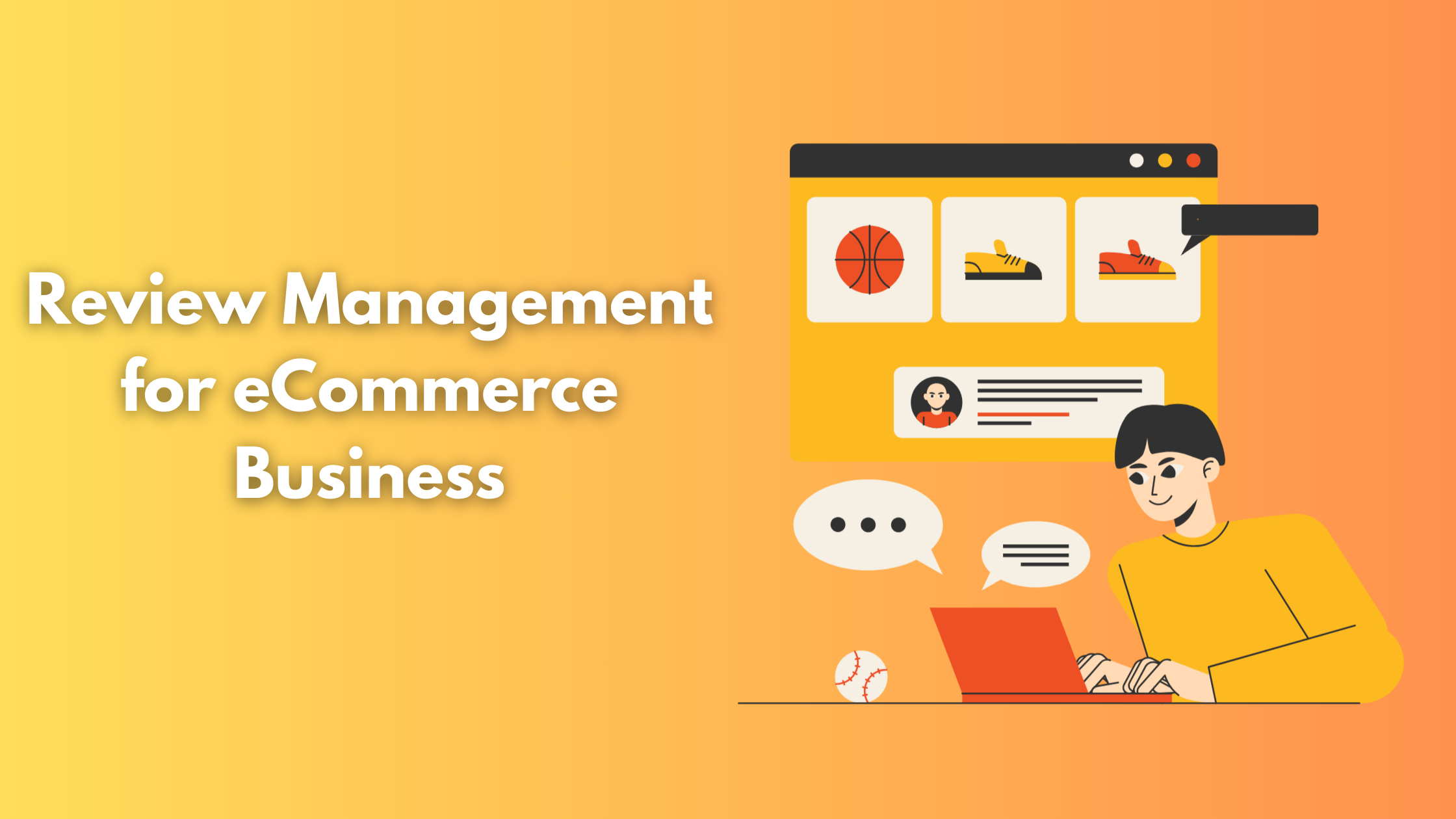


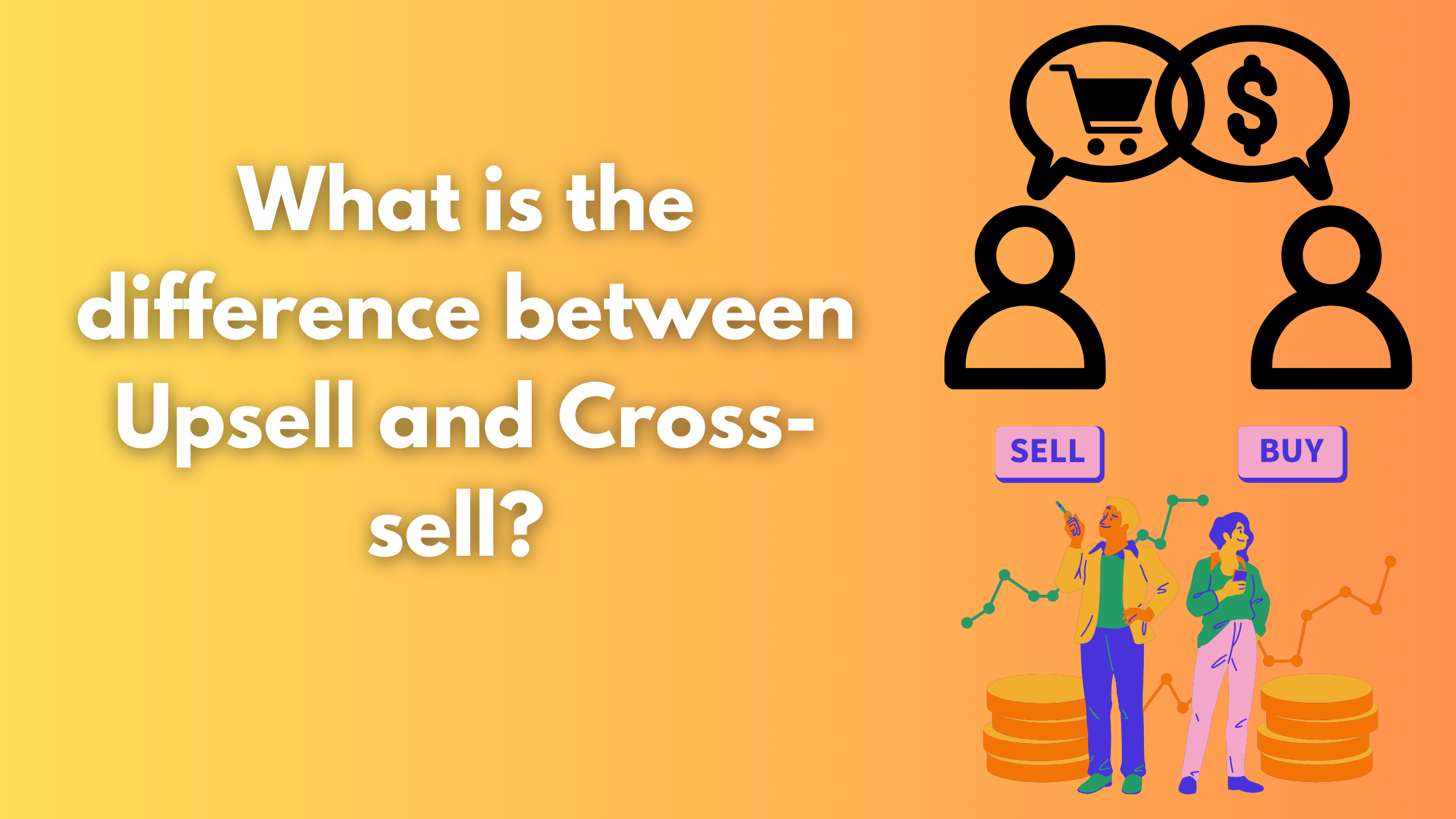
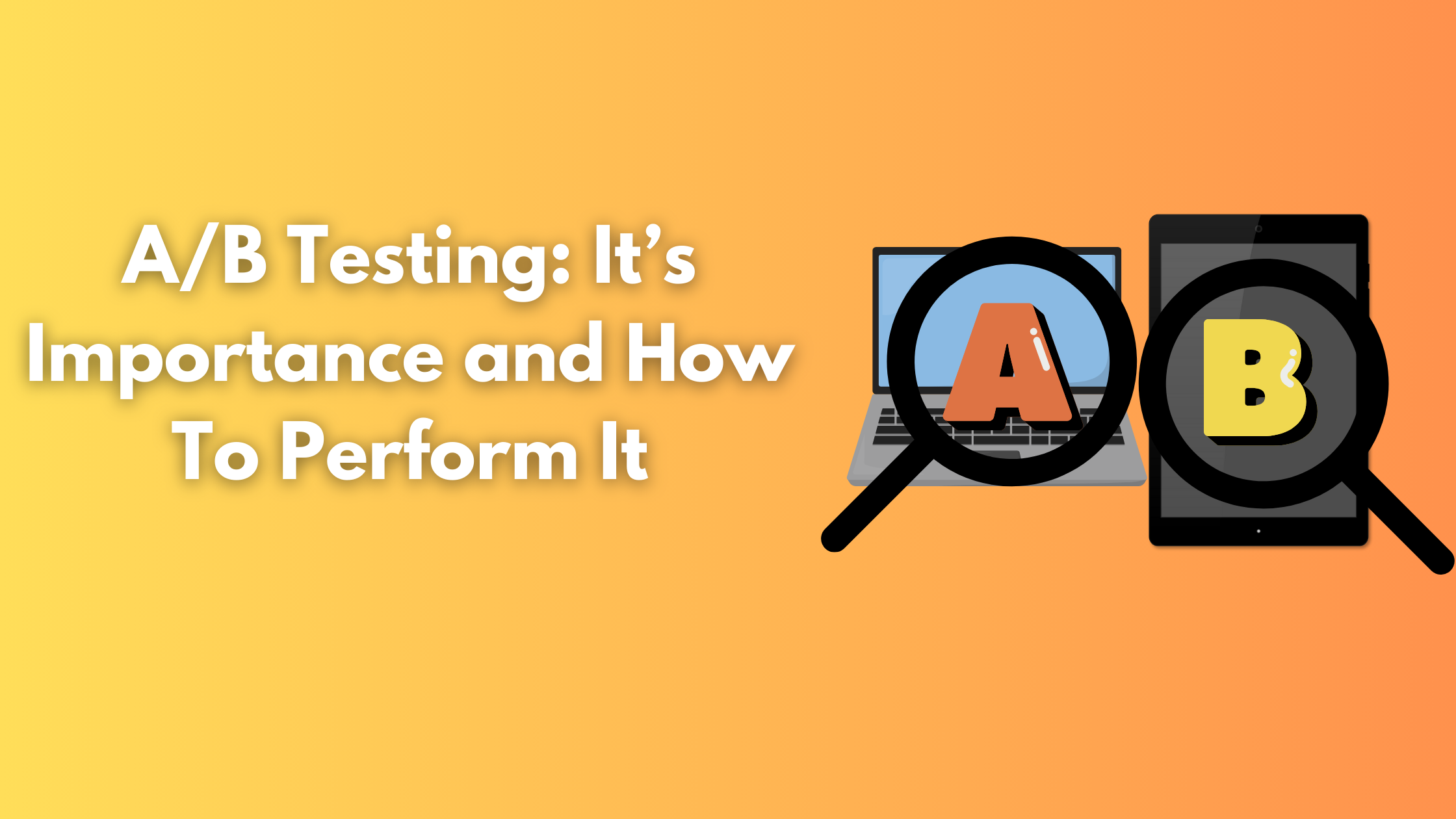
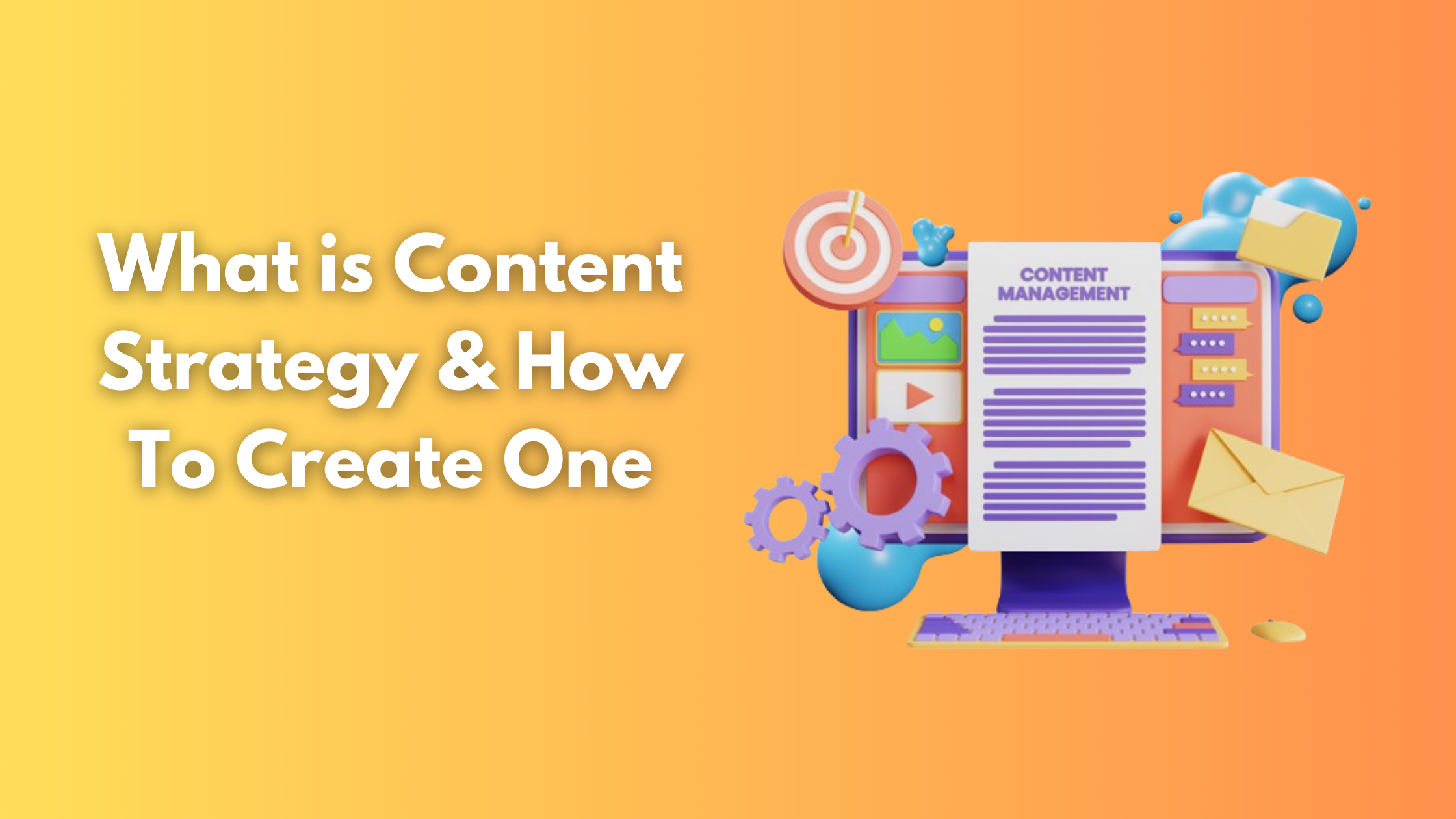

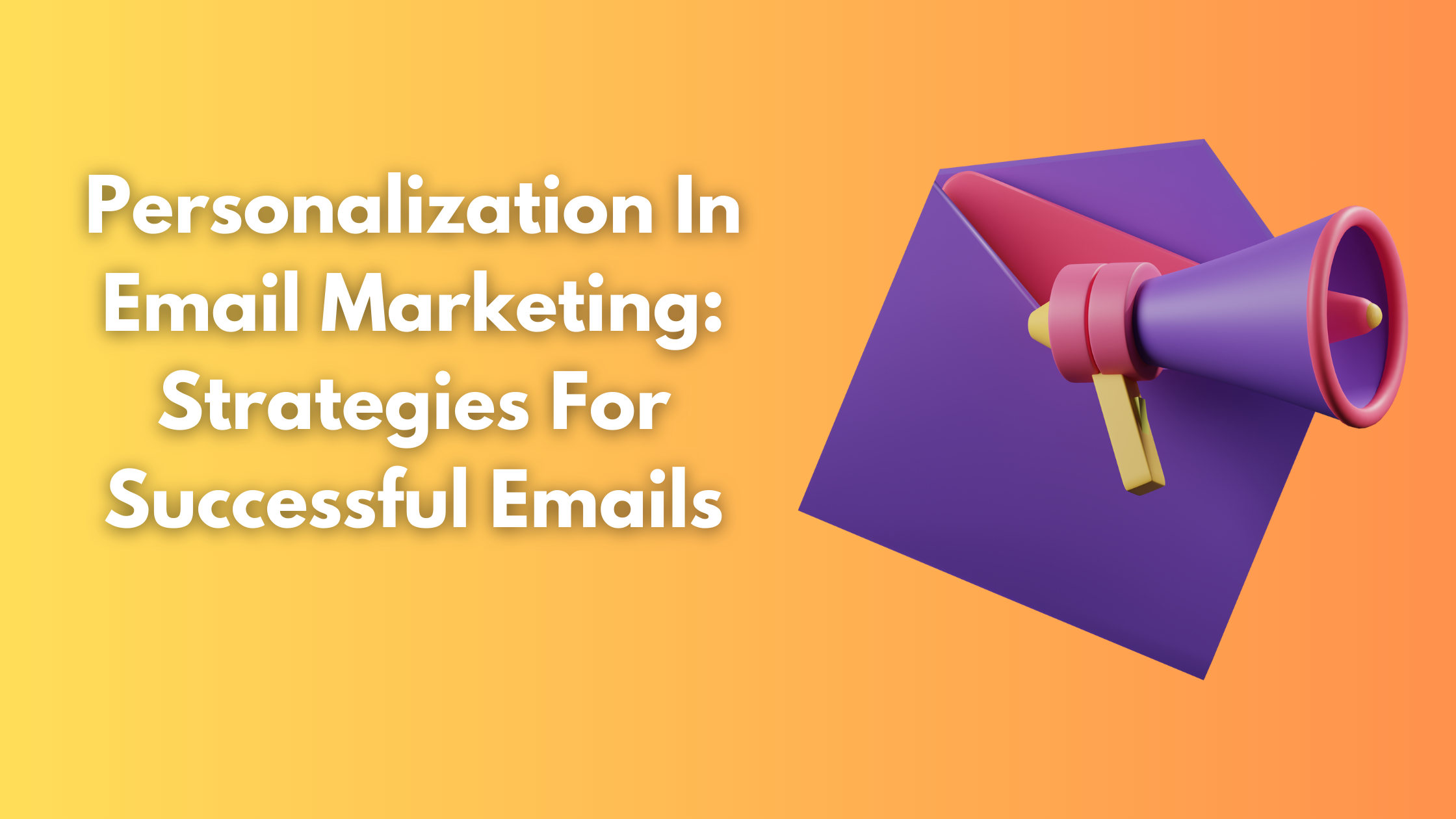


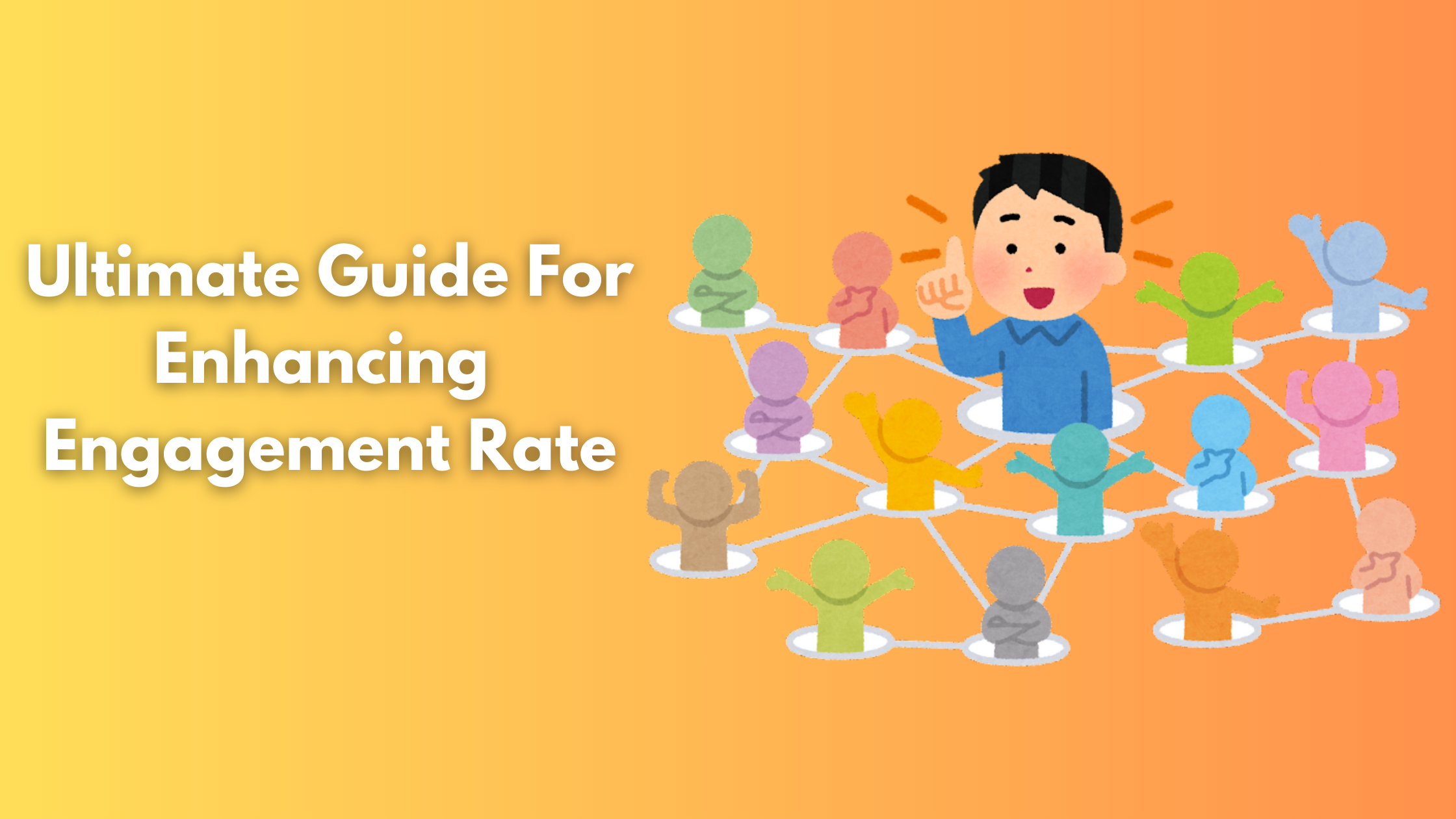
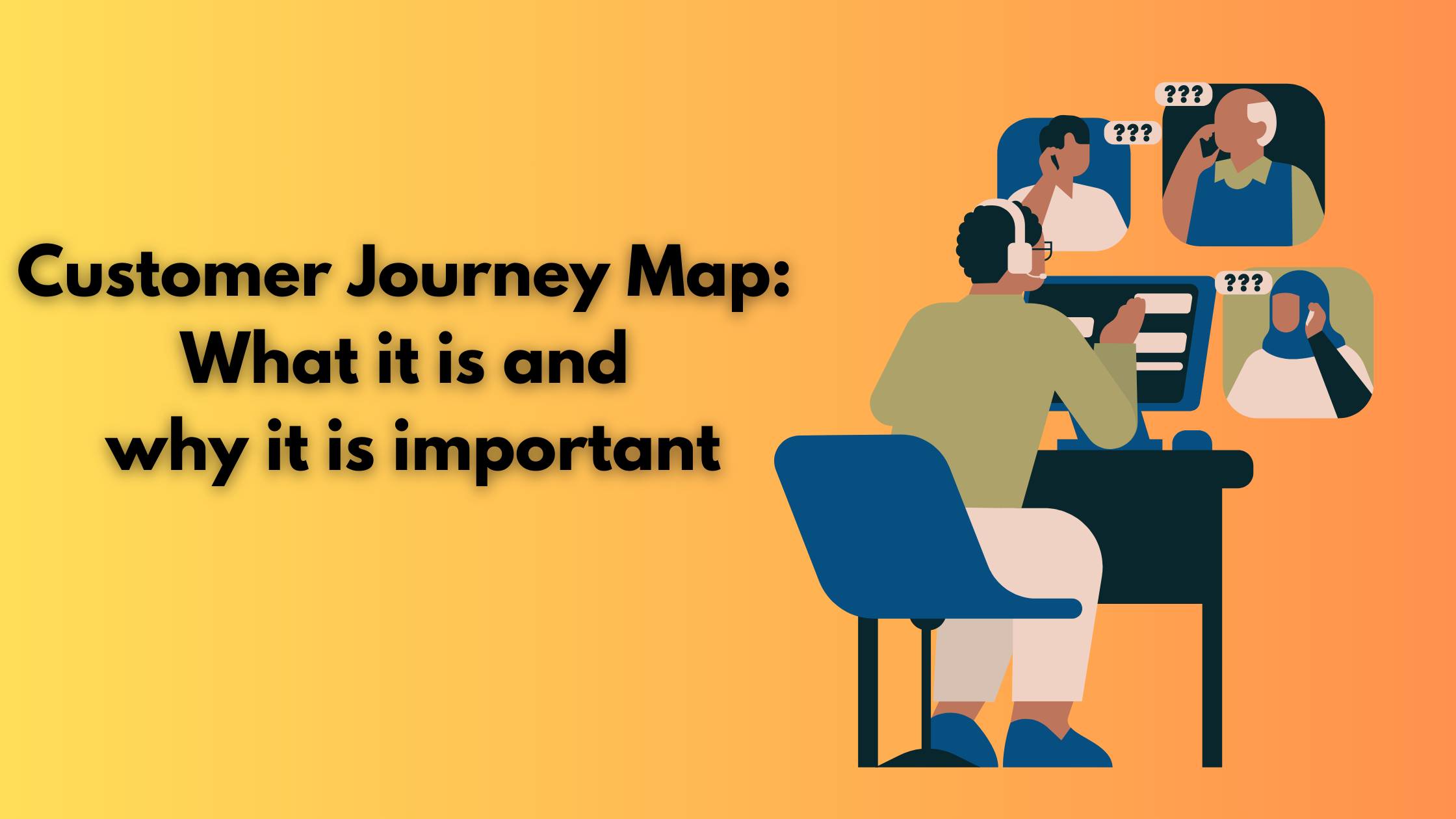


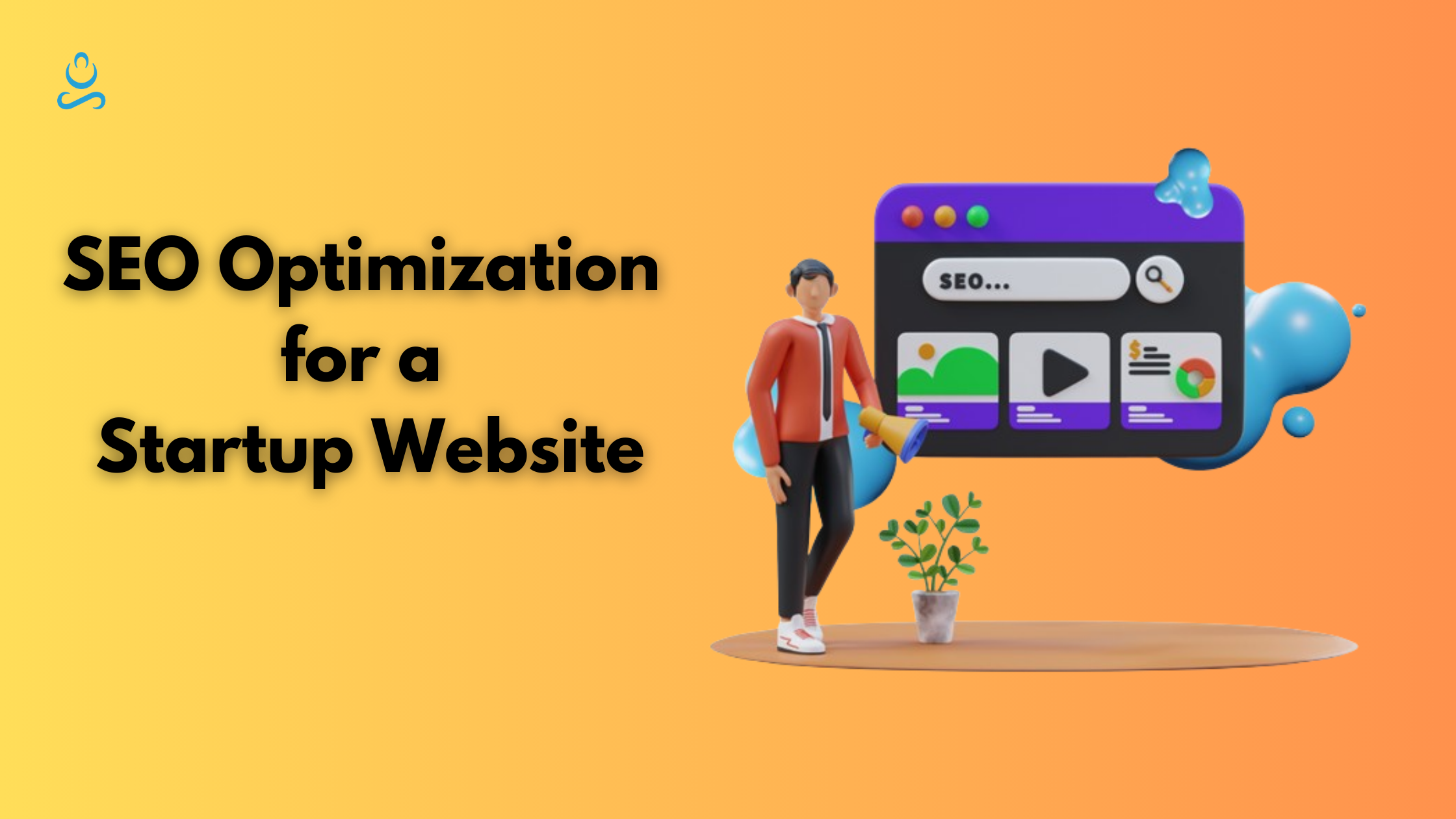
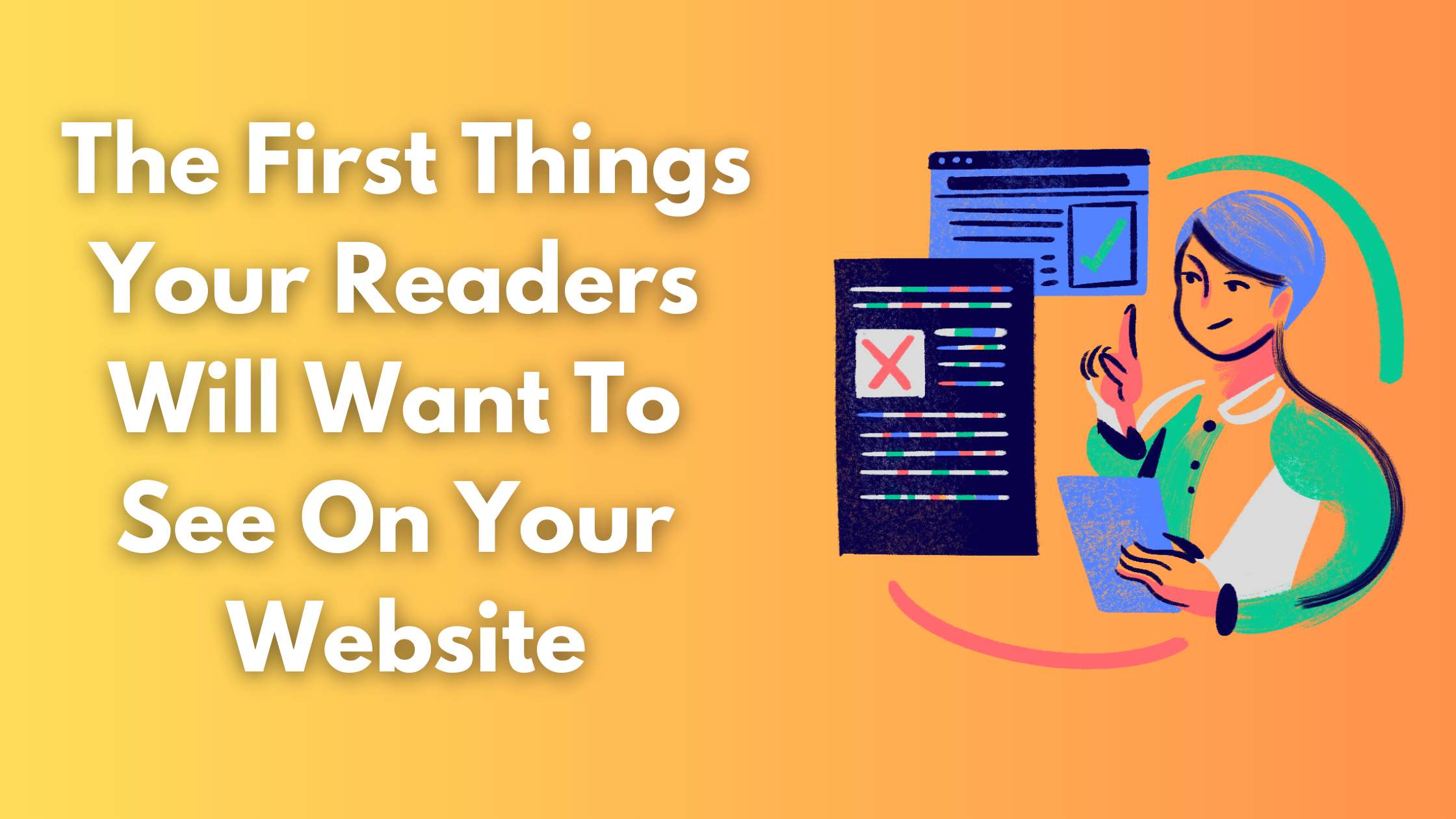
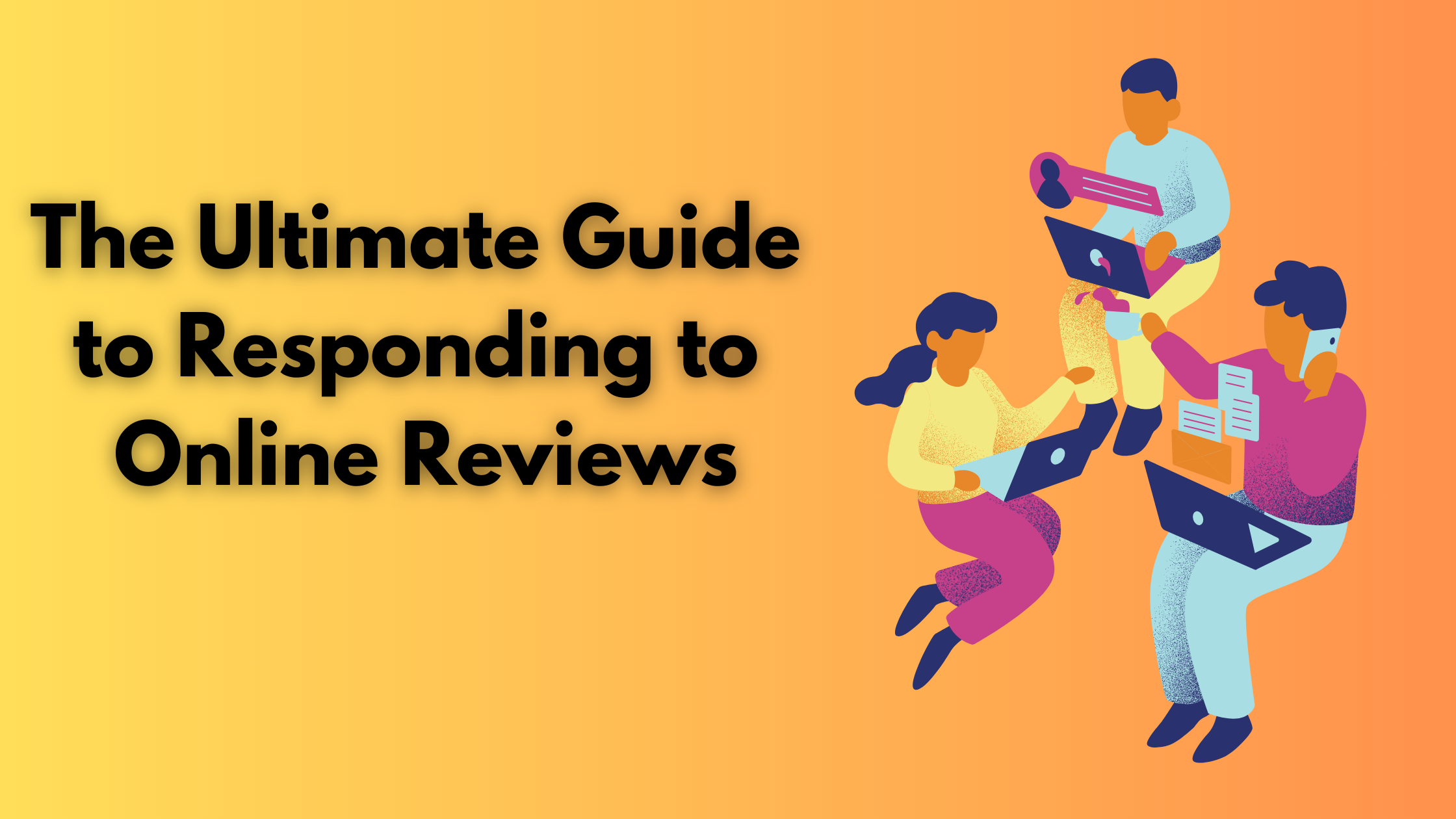
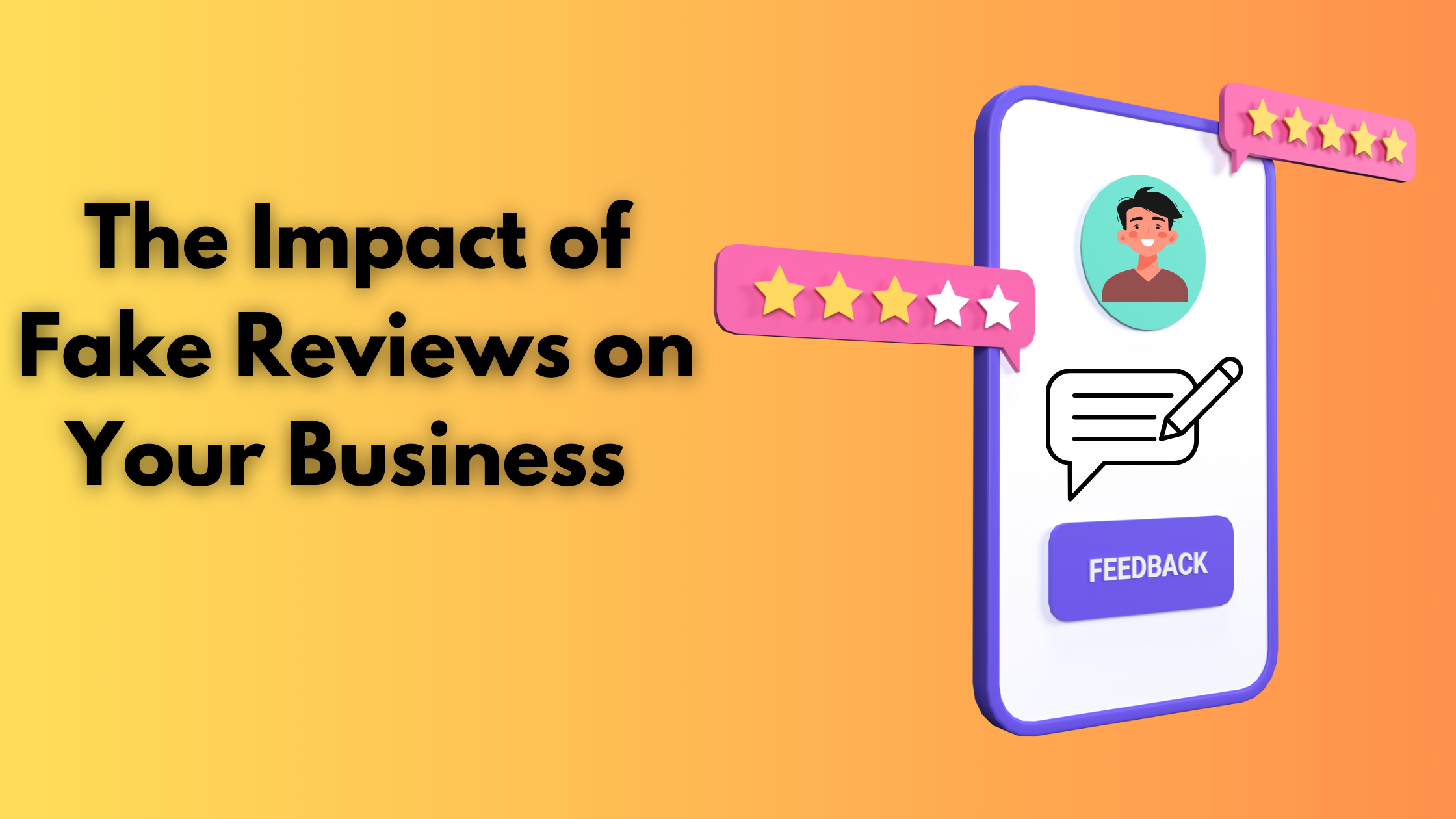



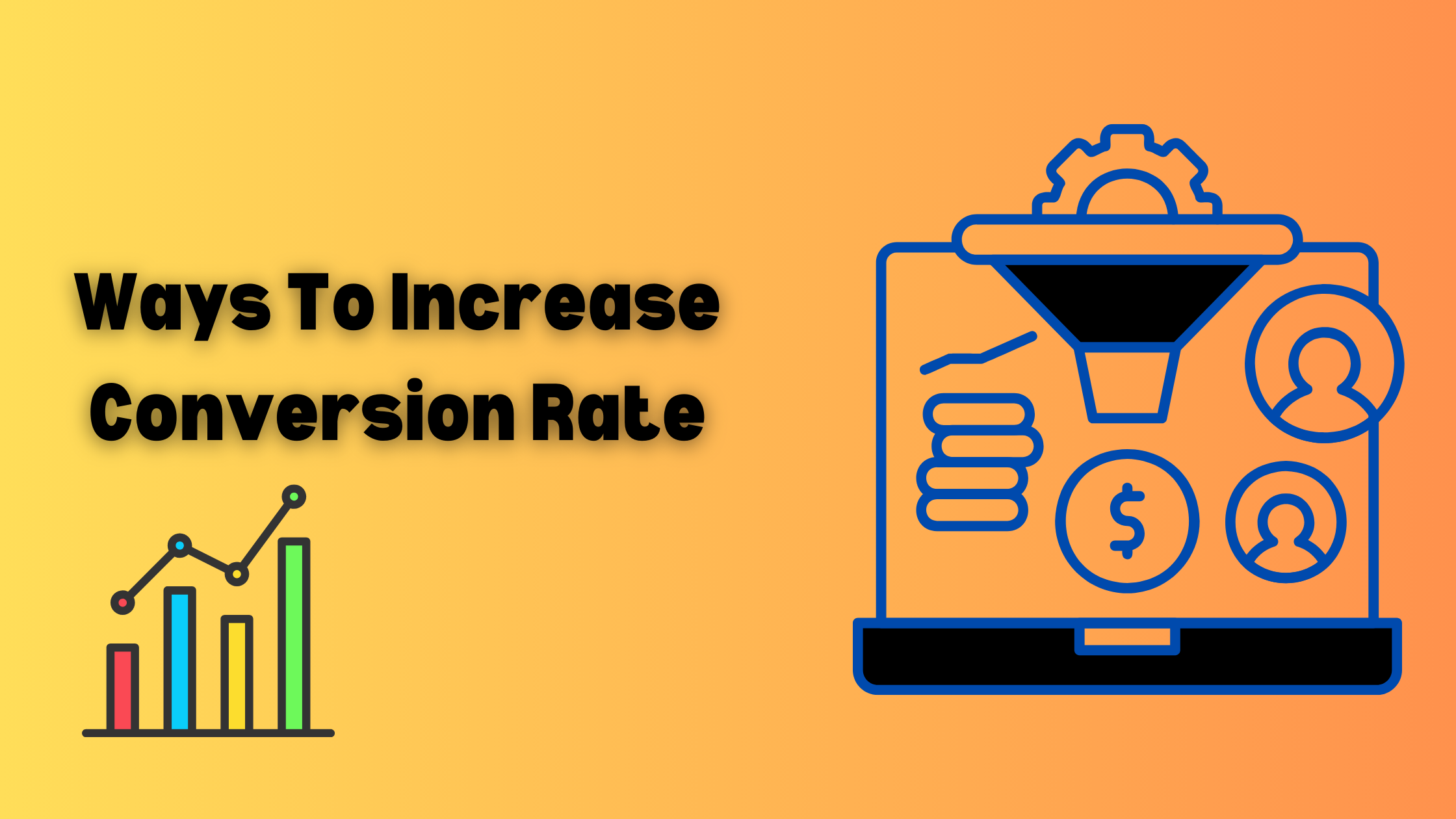
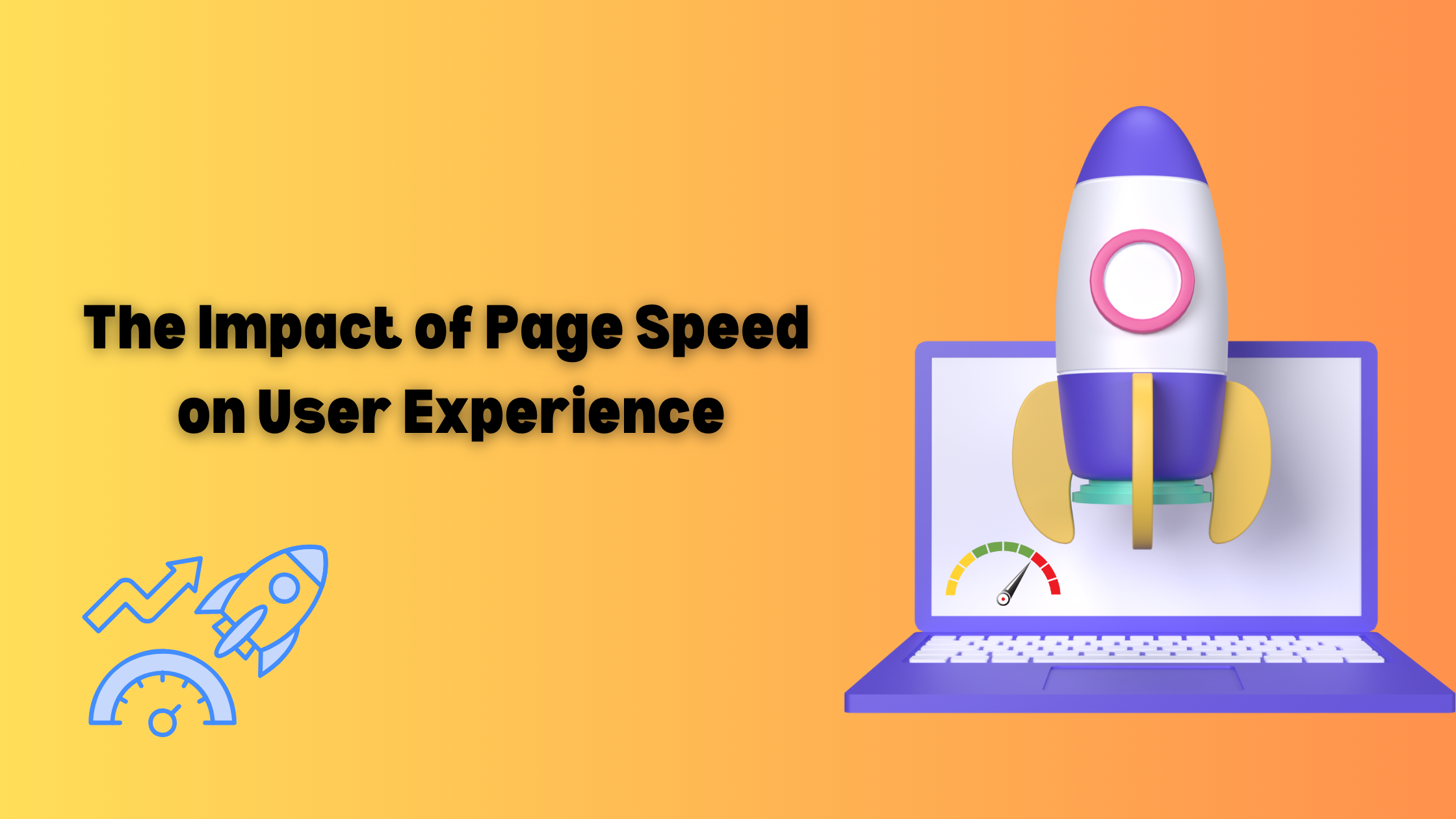
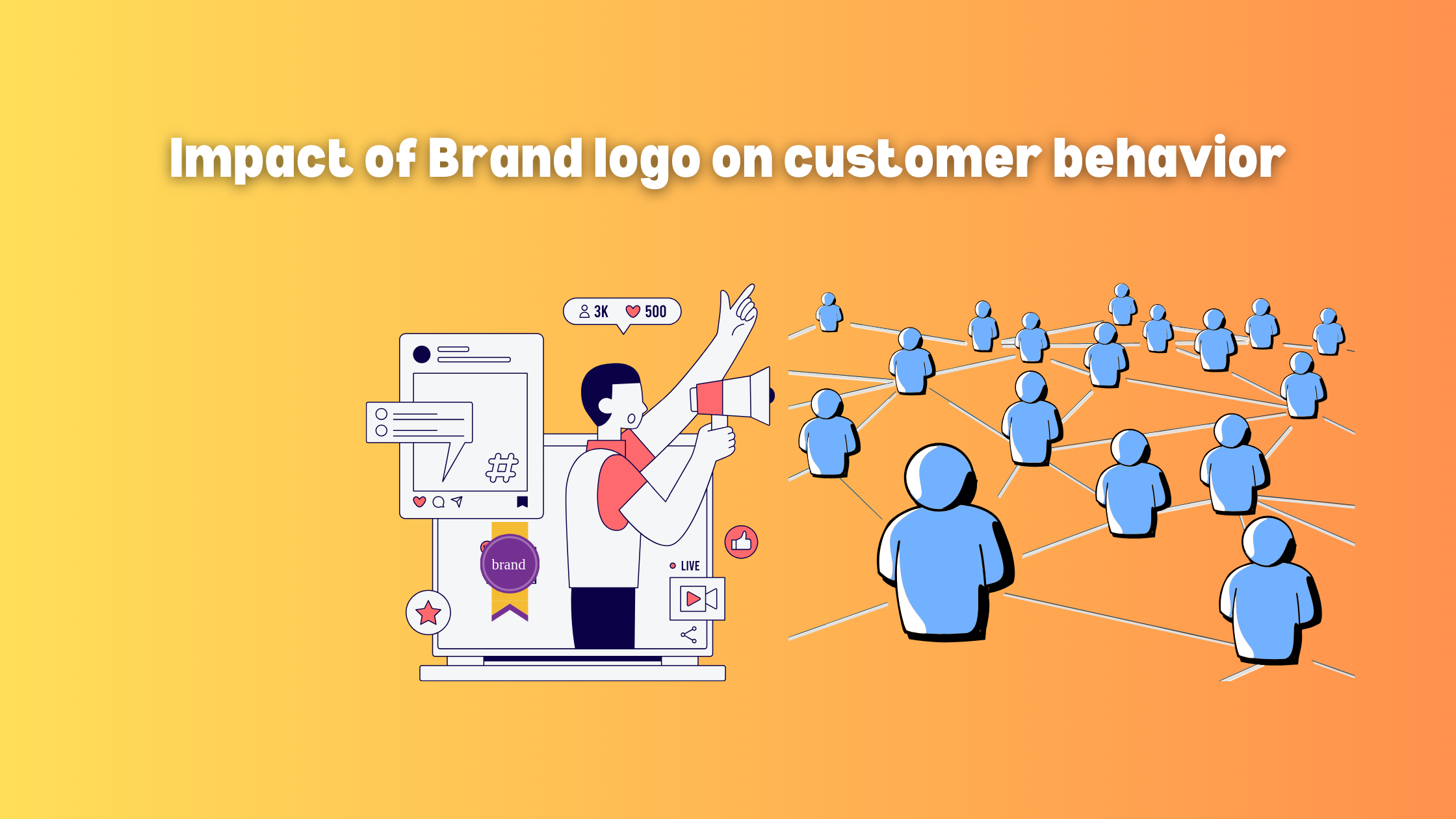

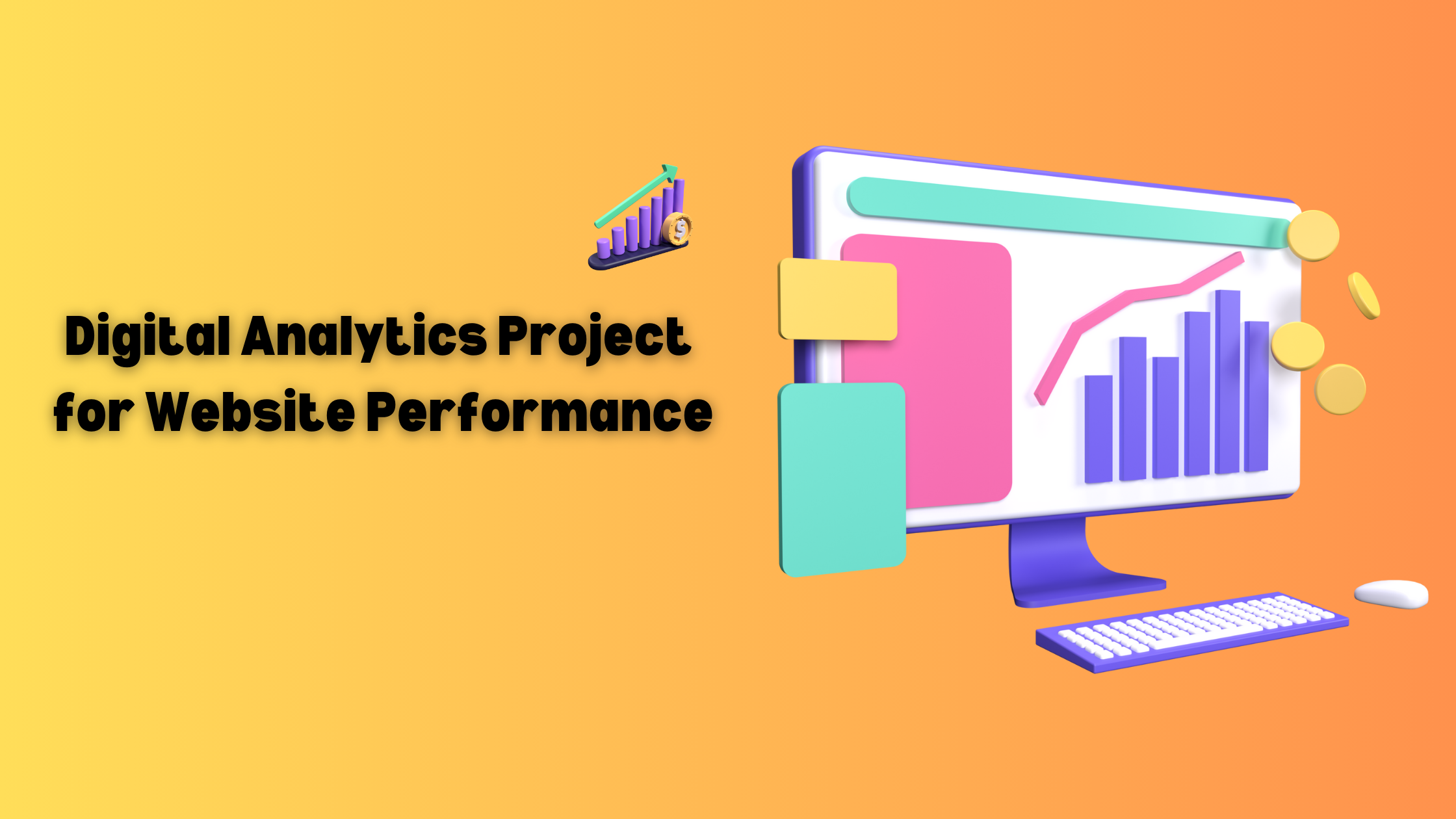






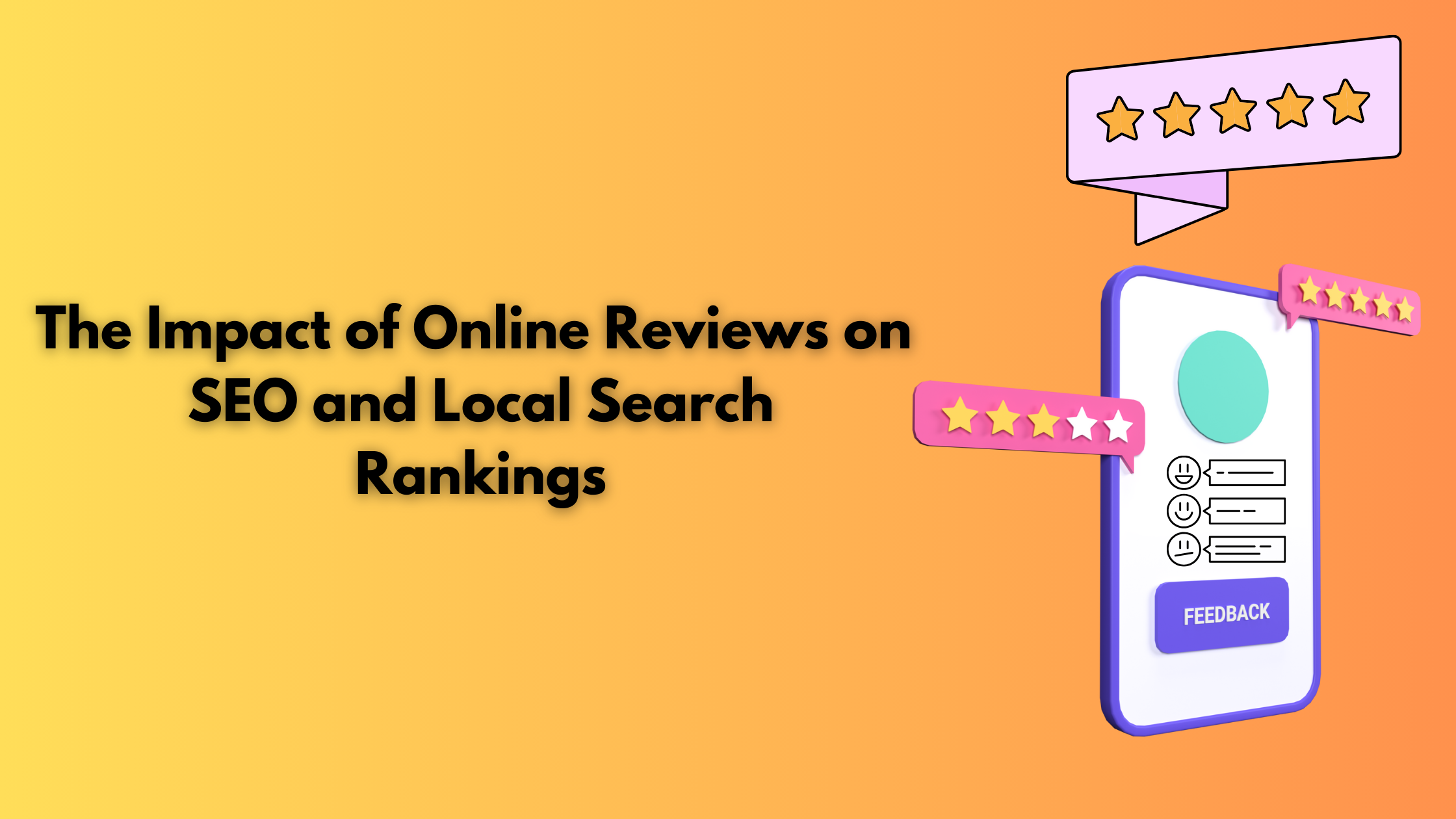
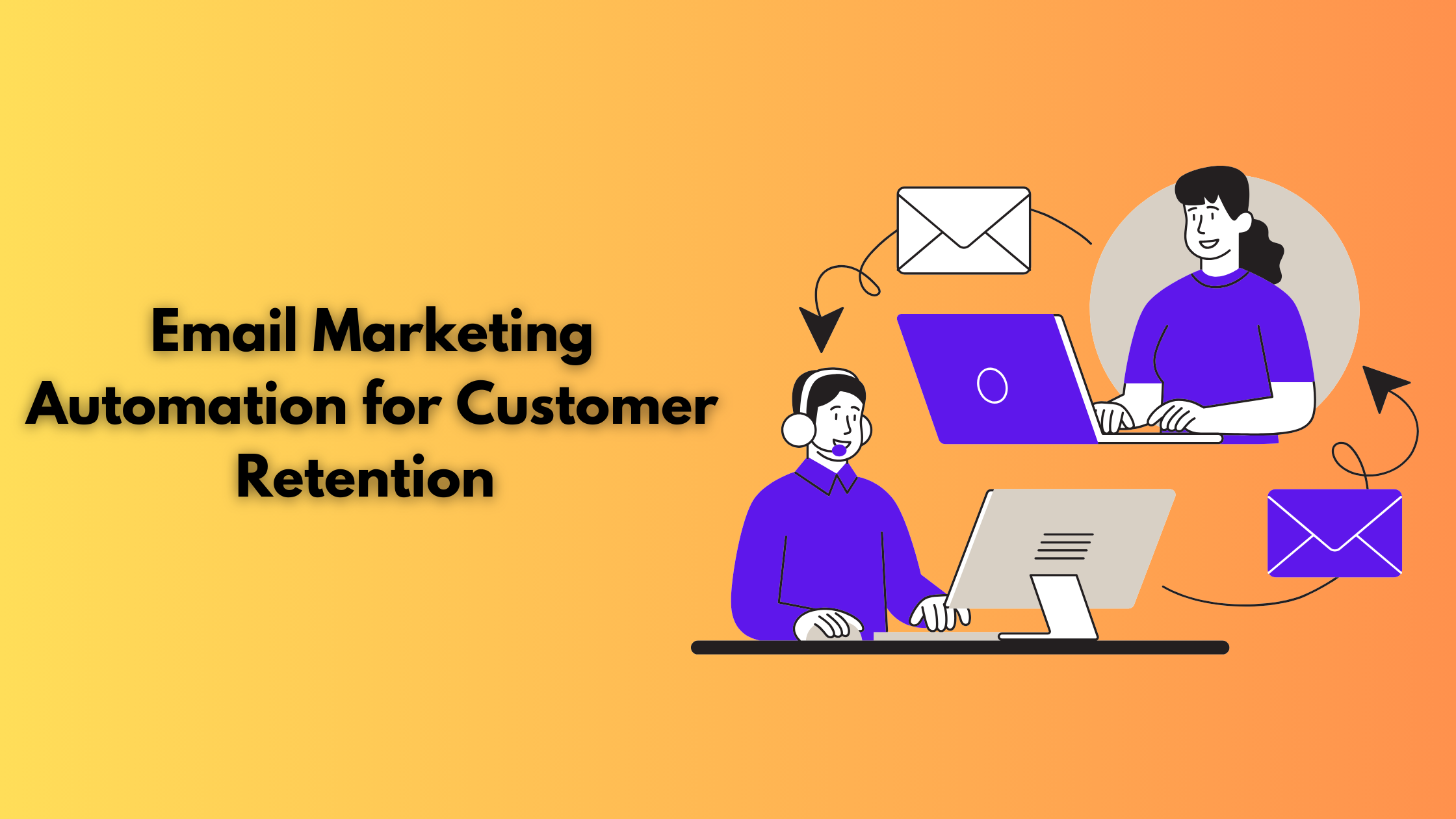
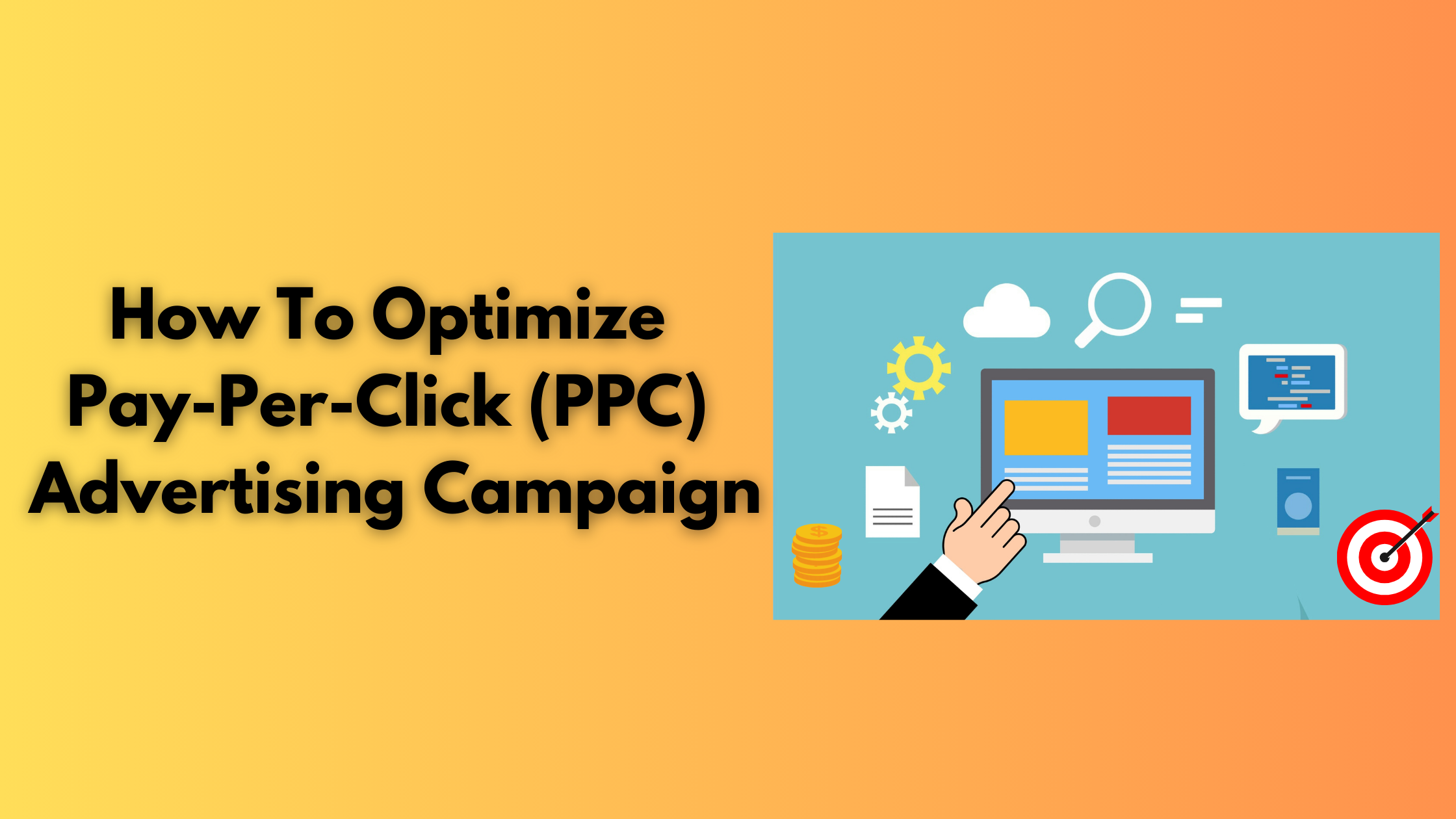



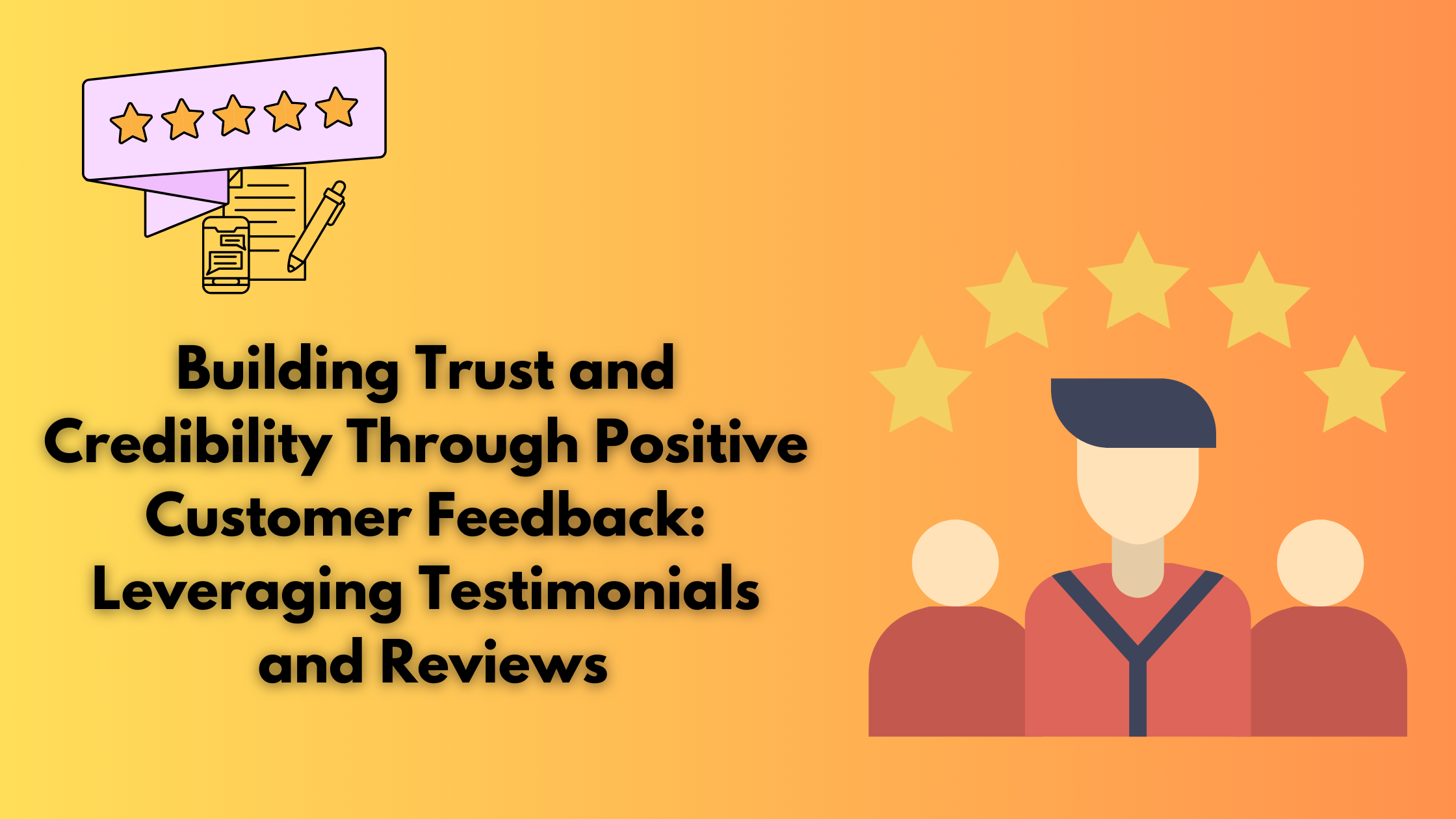



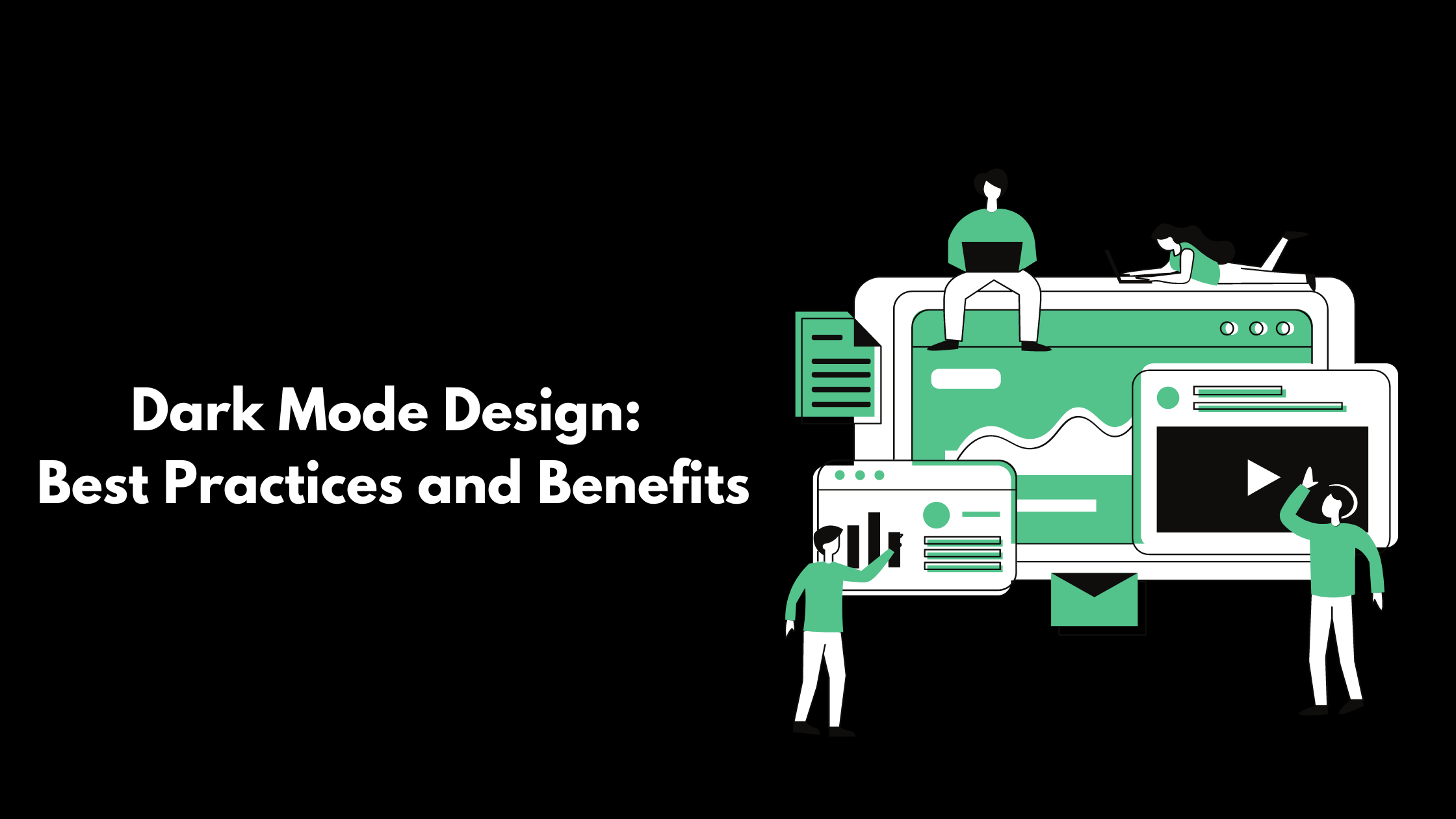

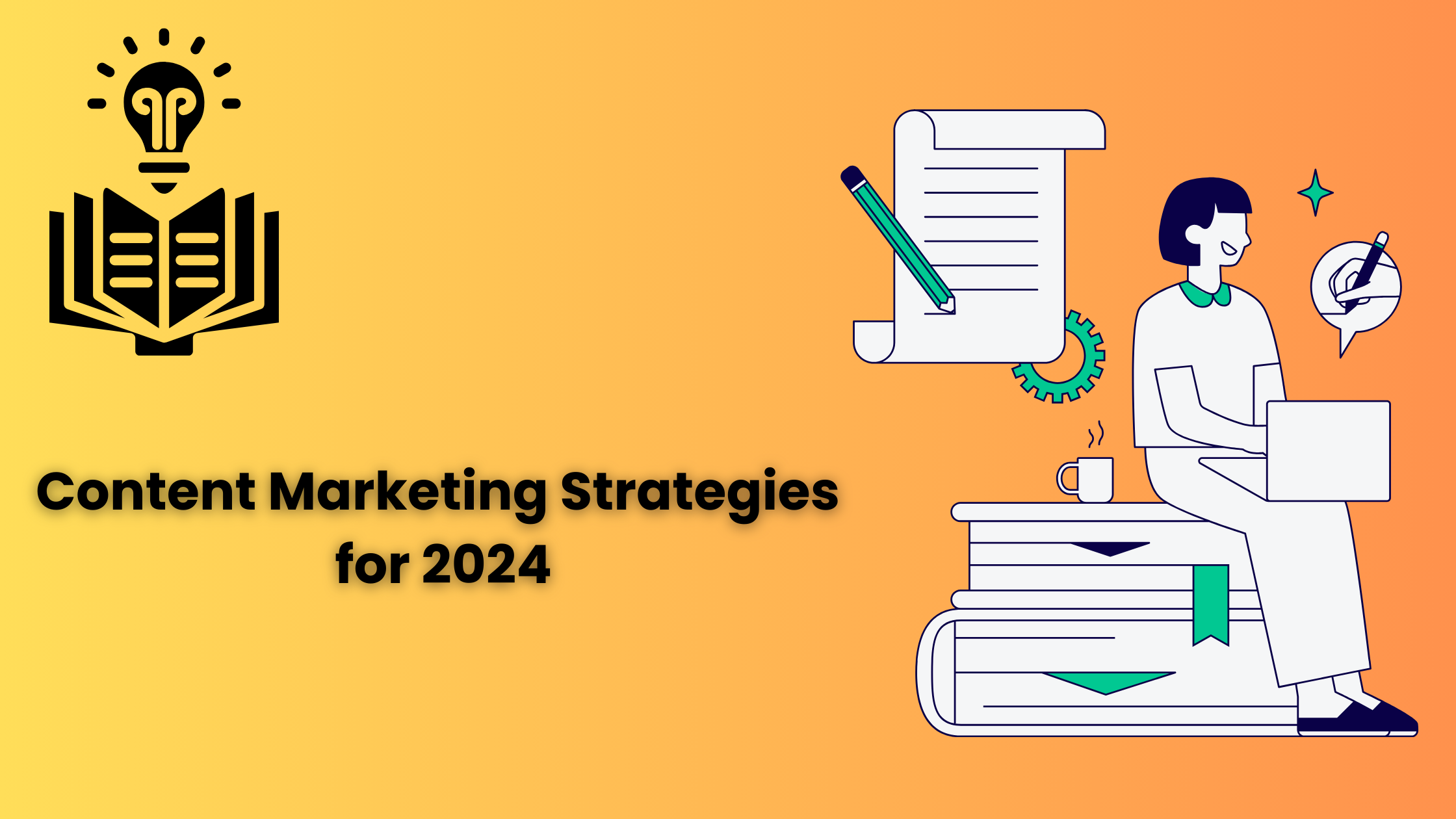

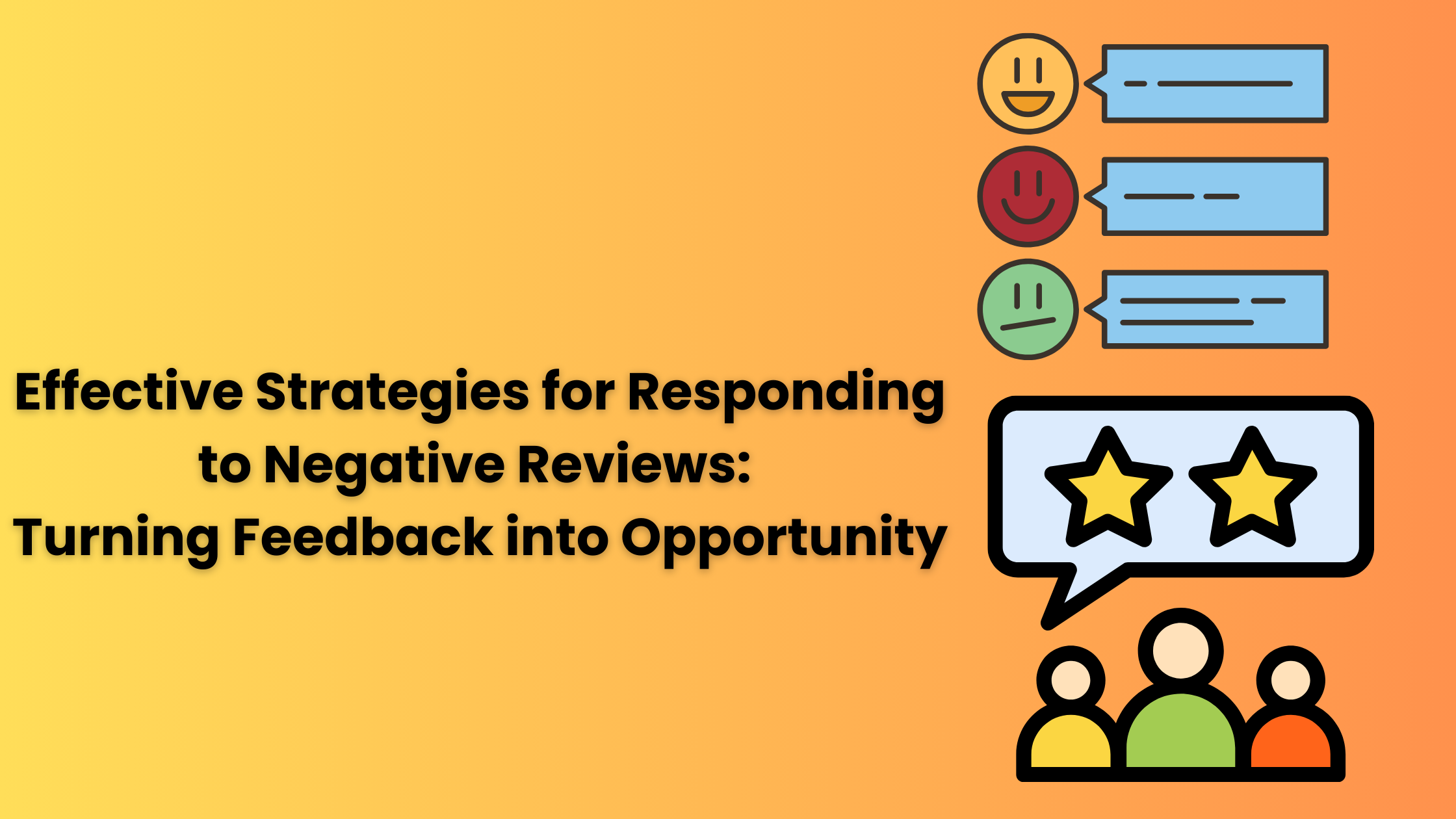








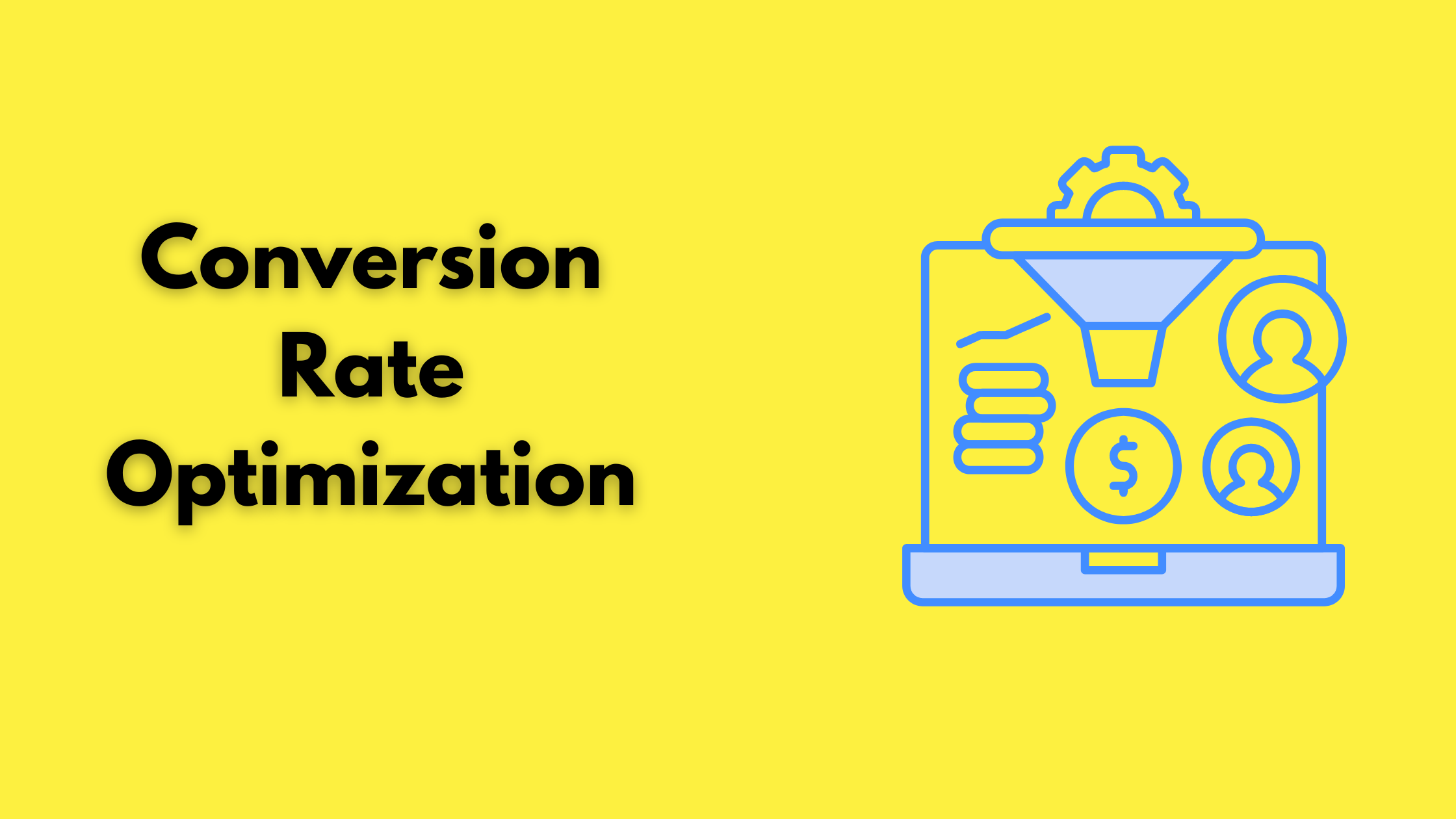






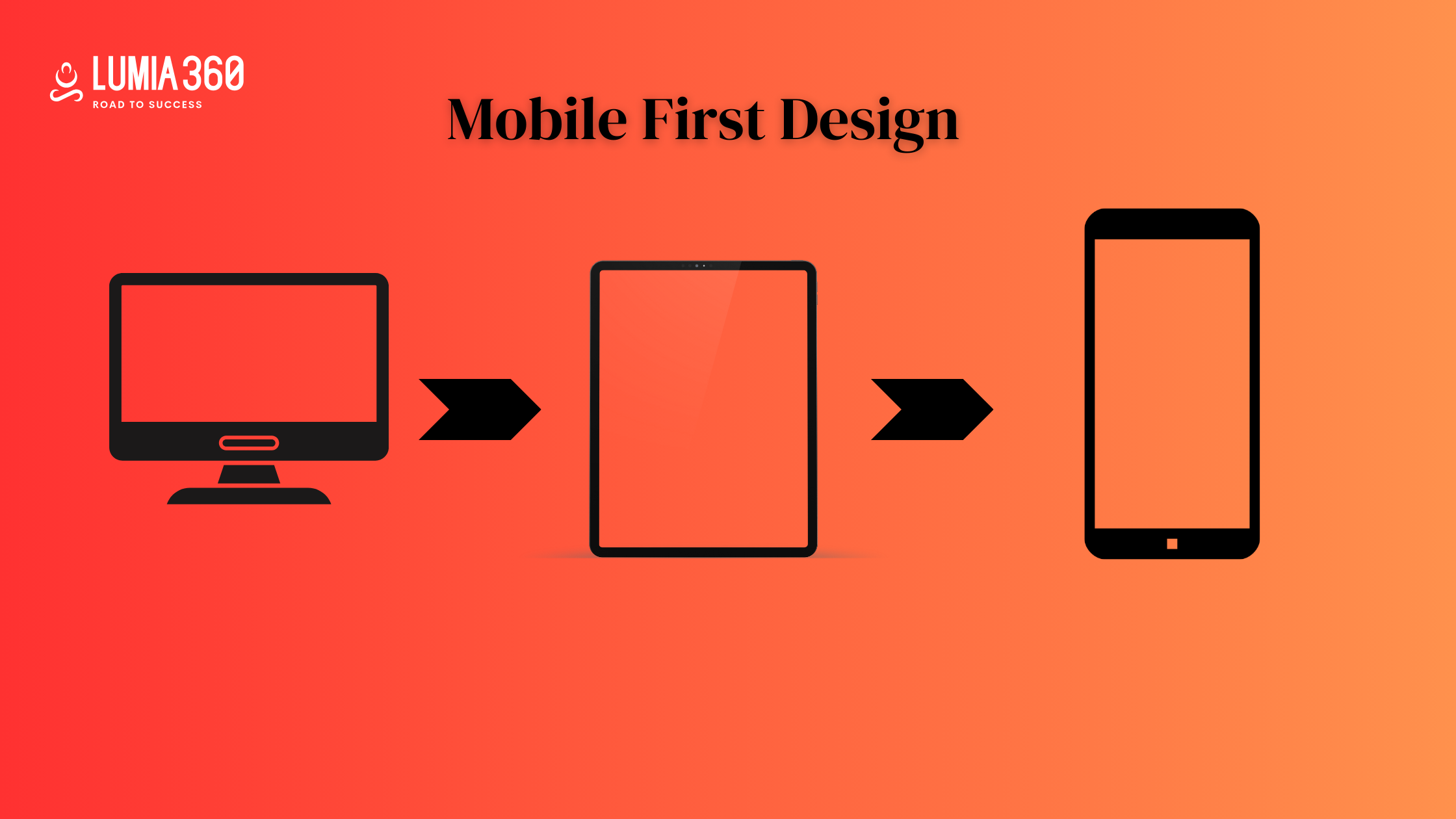



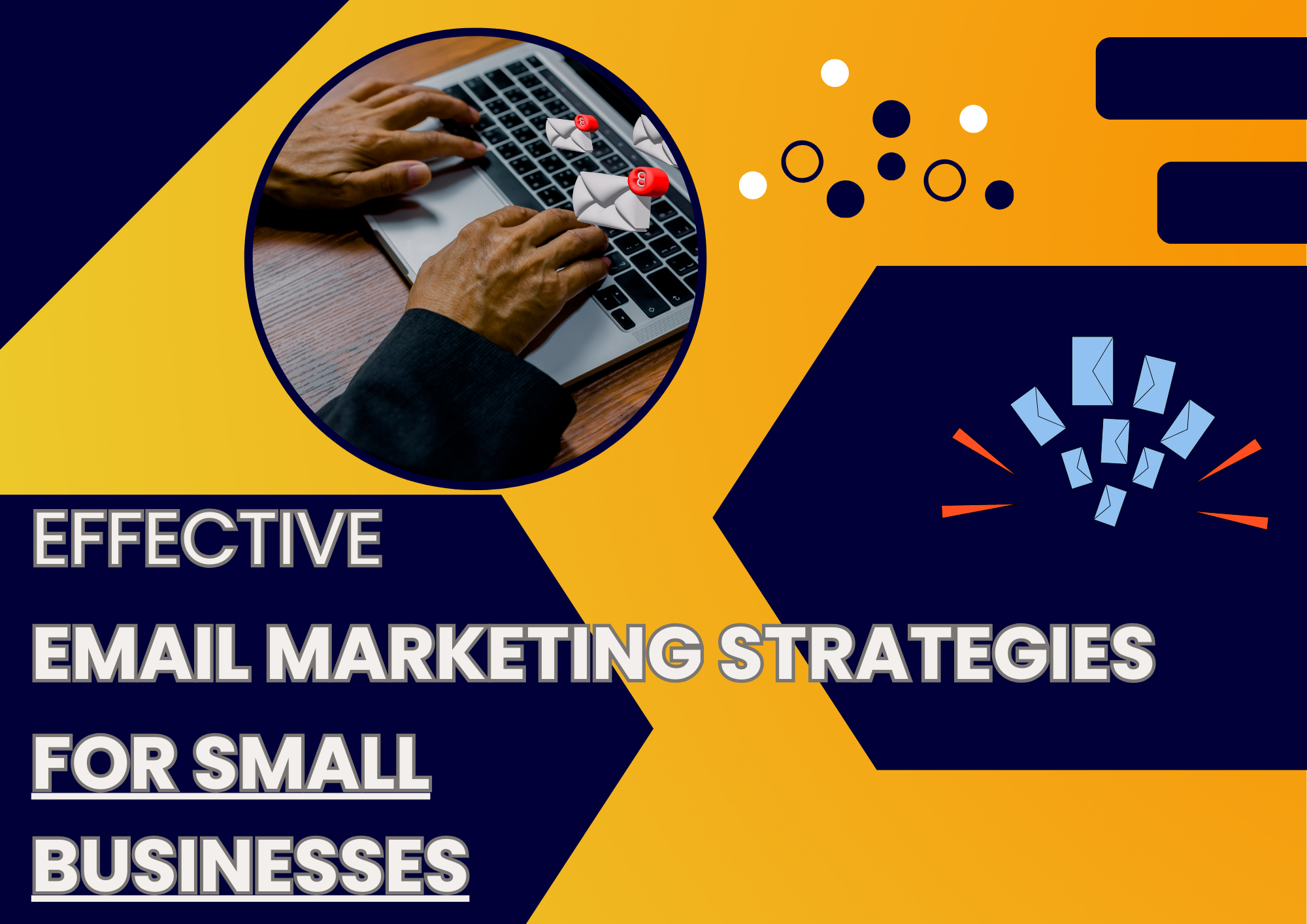



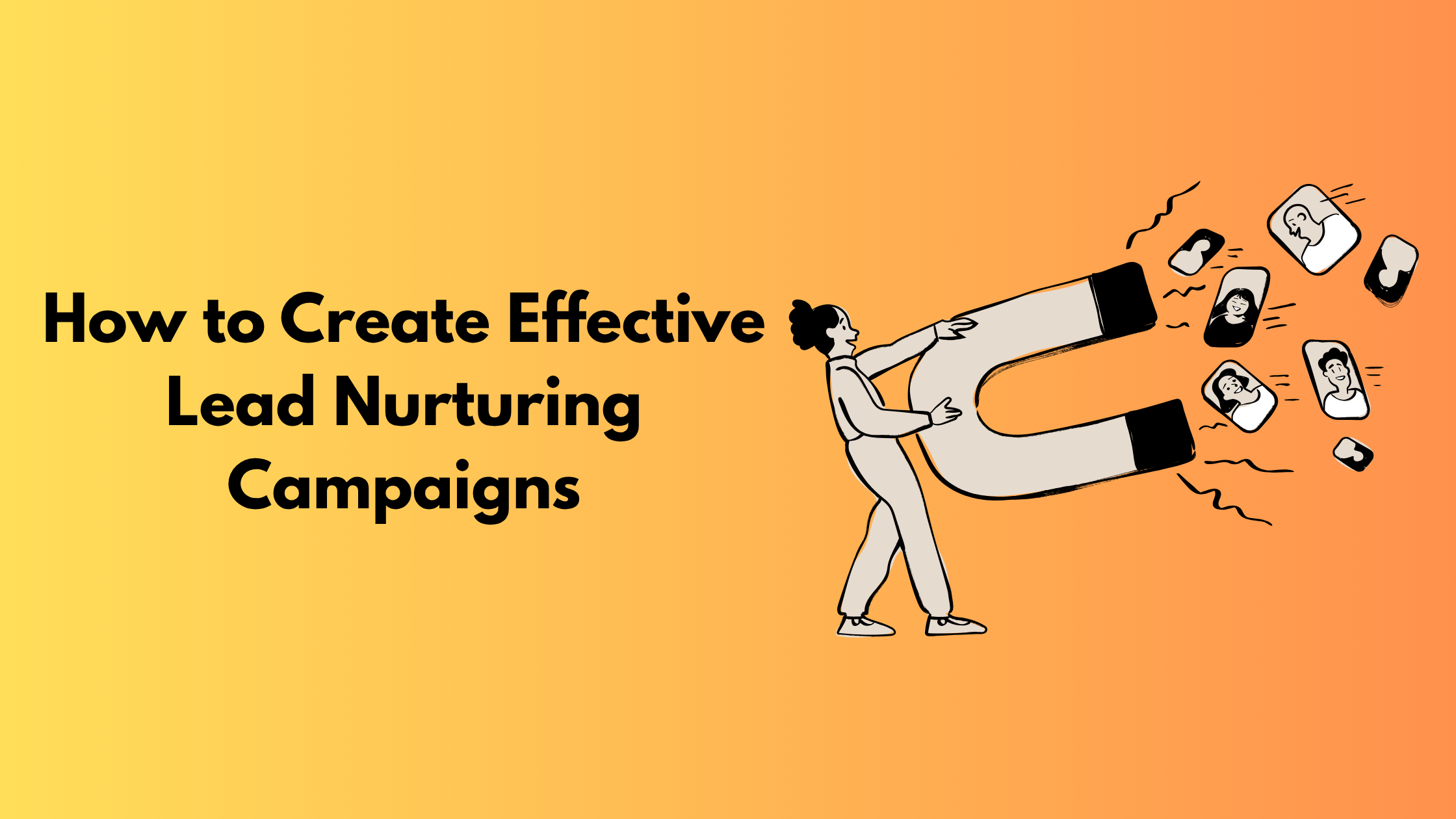
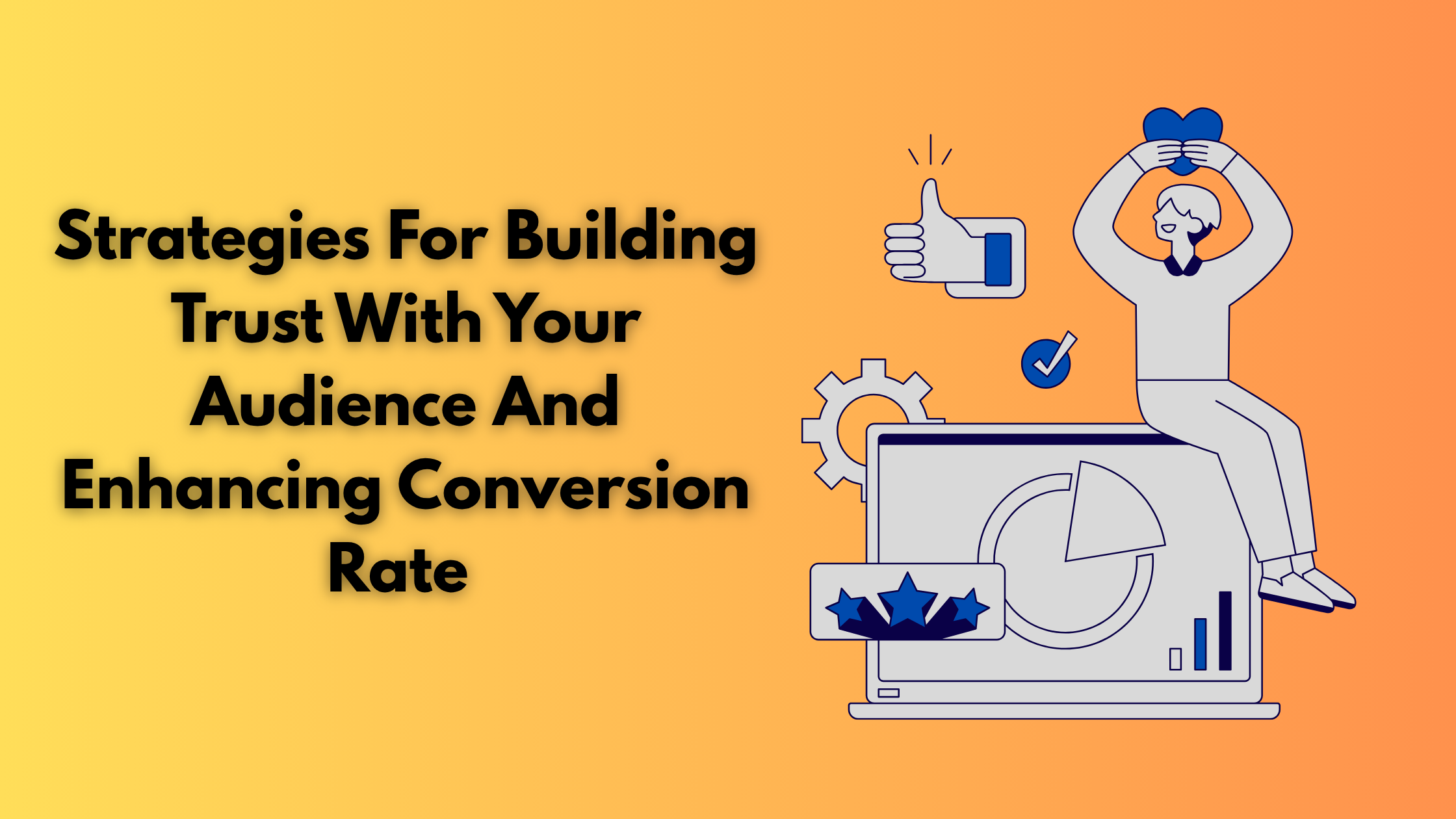



2 Comments
[…] Read Also: The Importance of Website Performance Optimization […]
[…] Read Also: The Importance of Website Performance Optimization […]